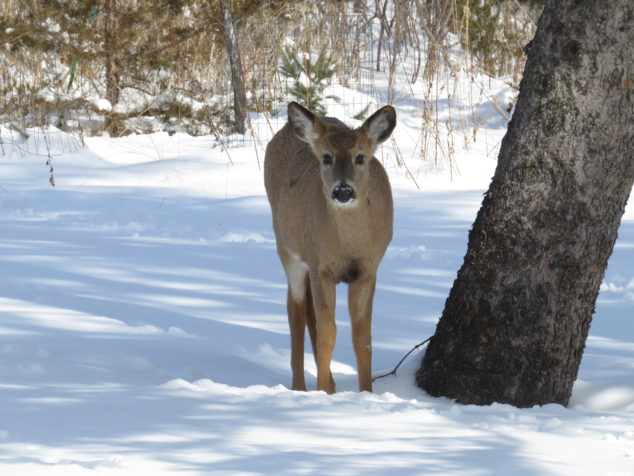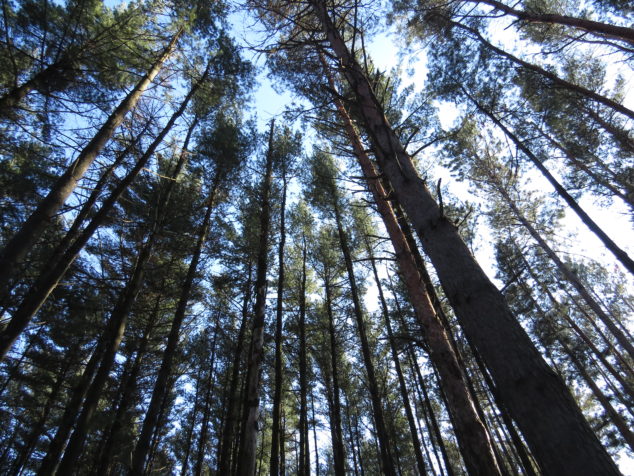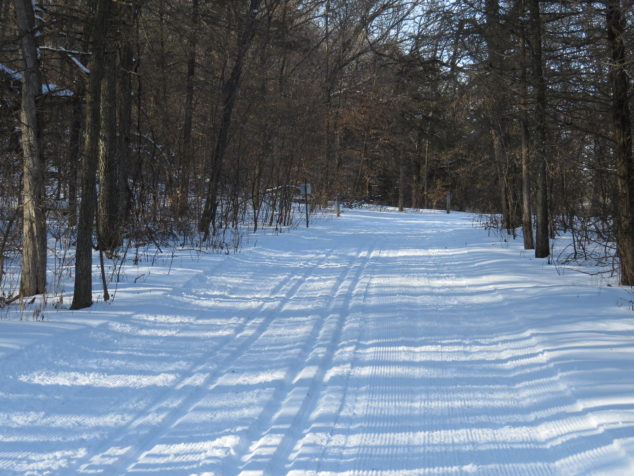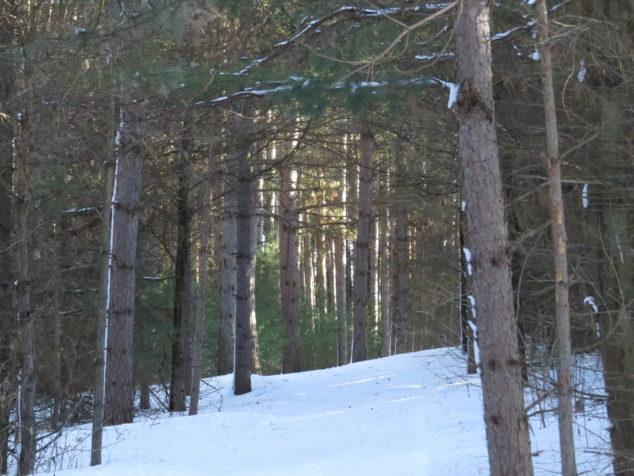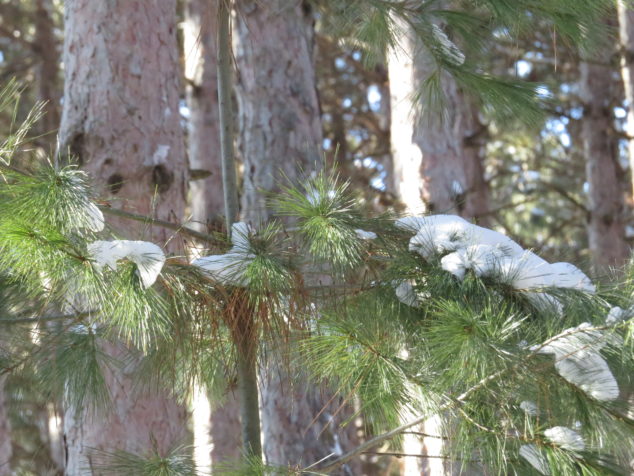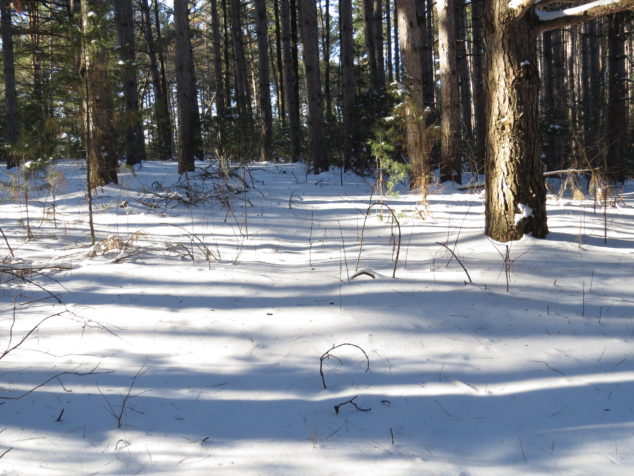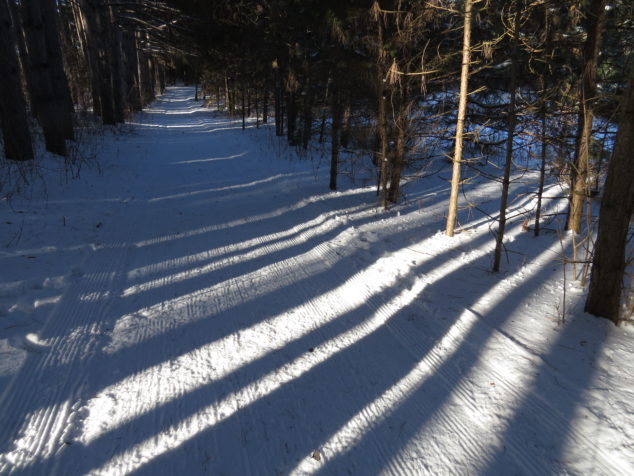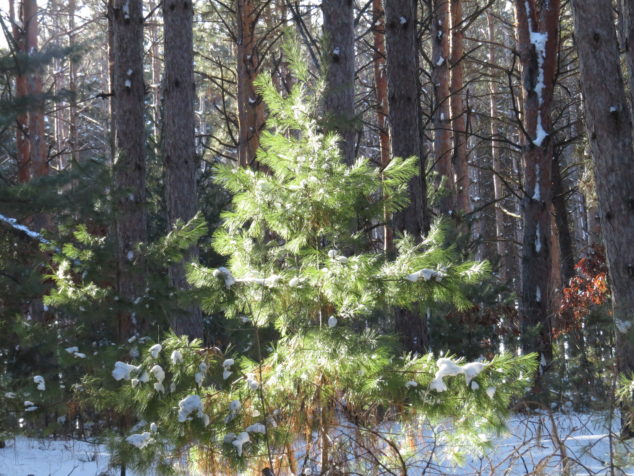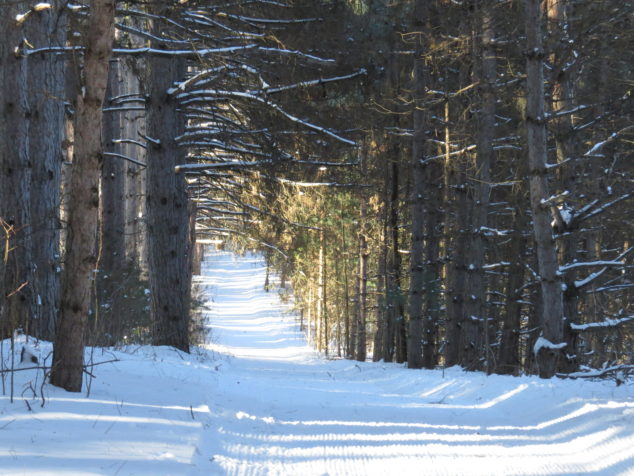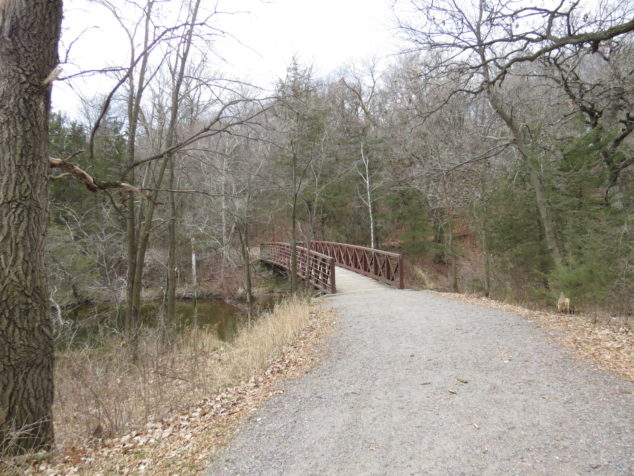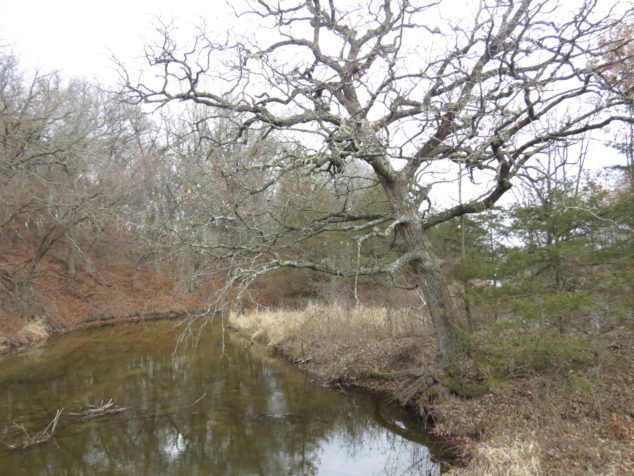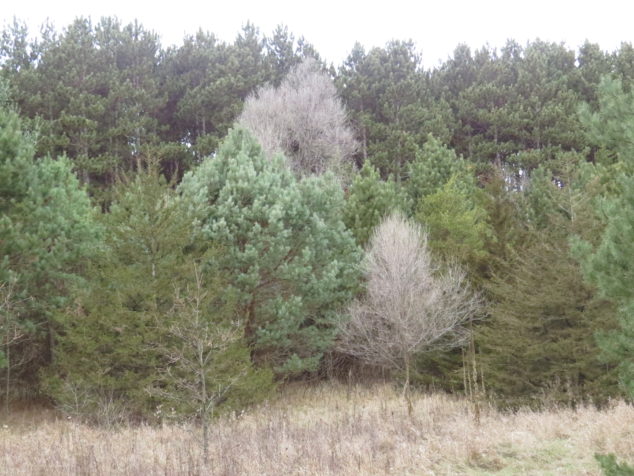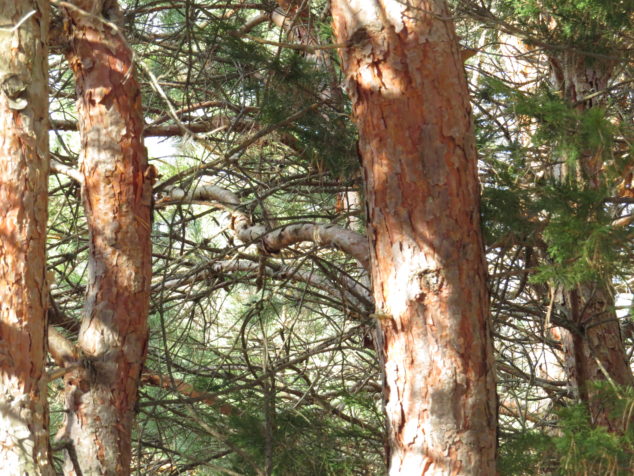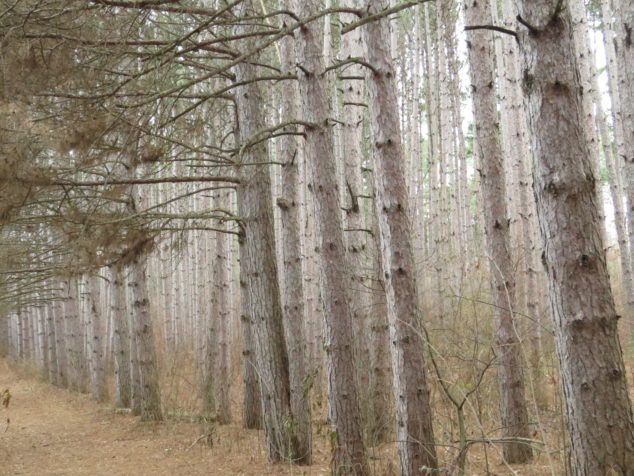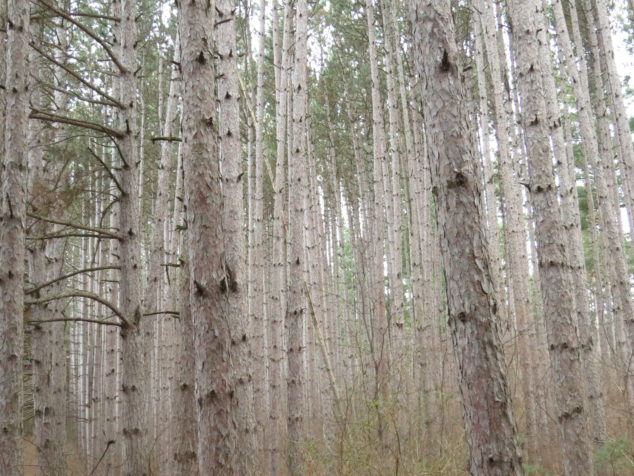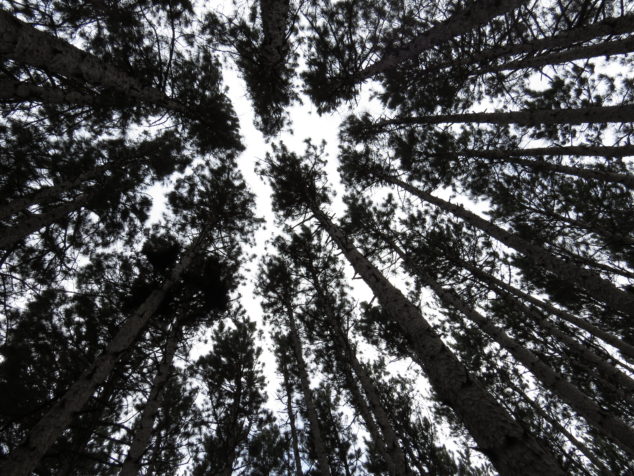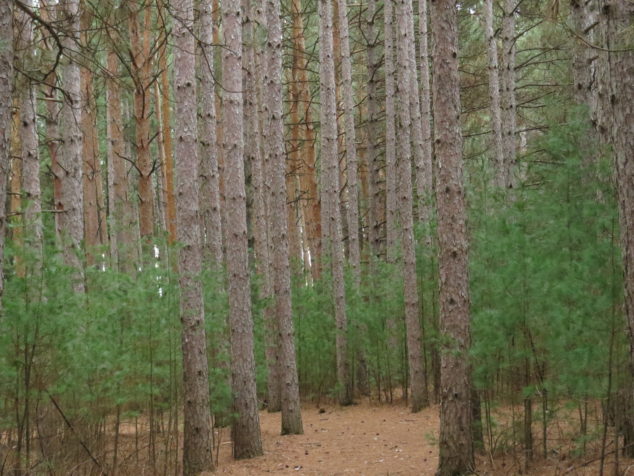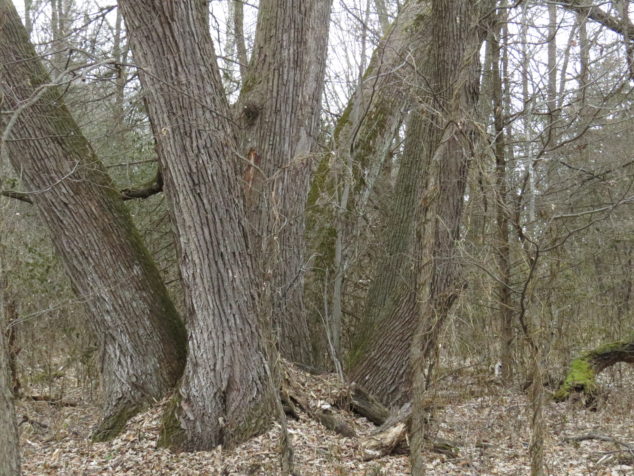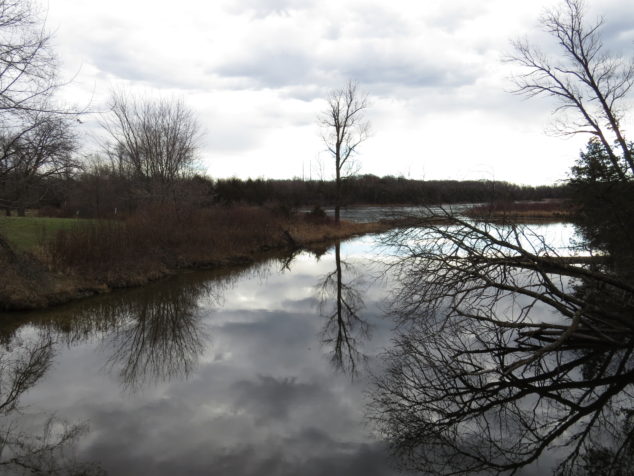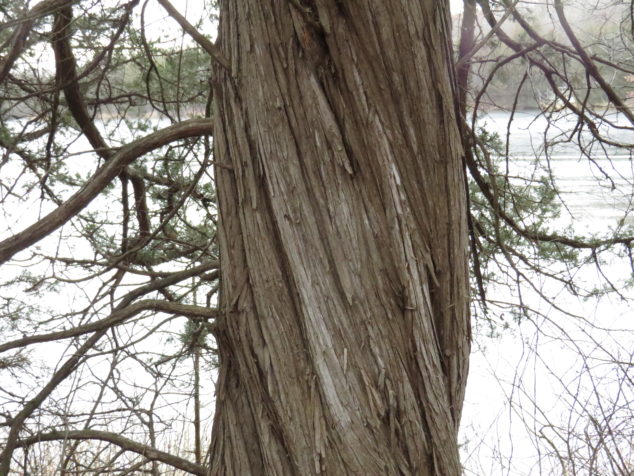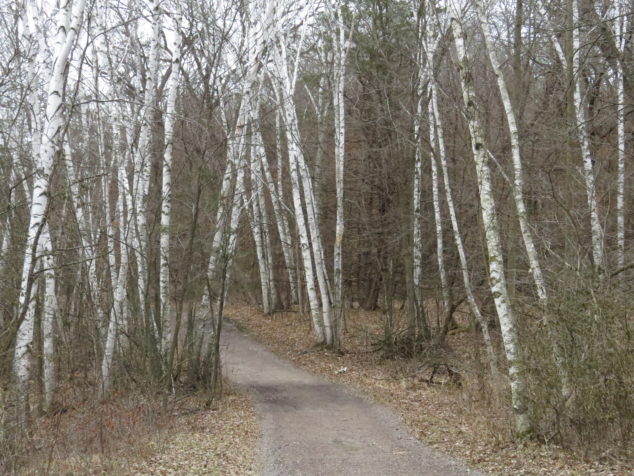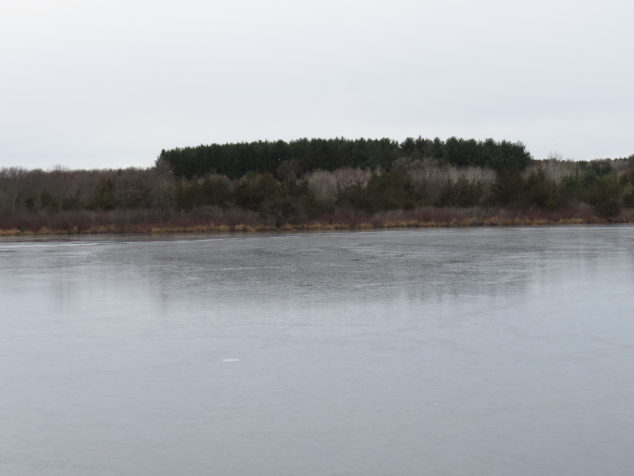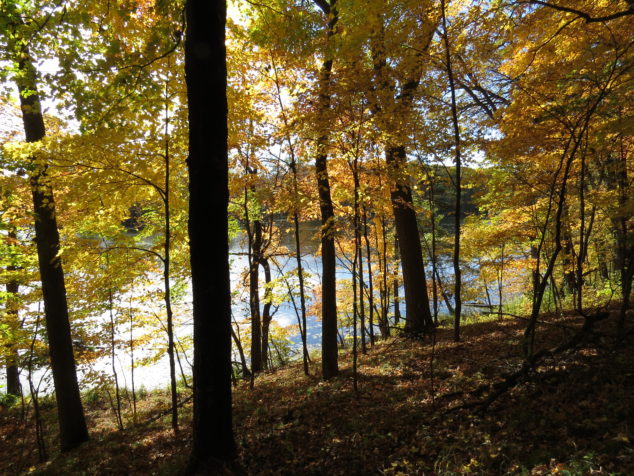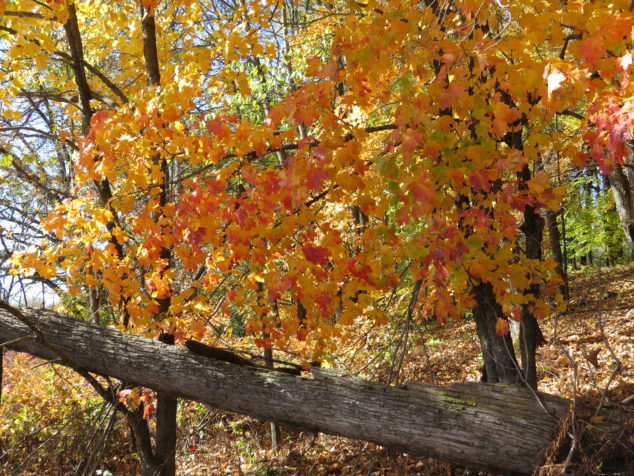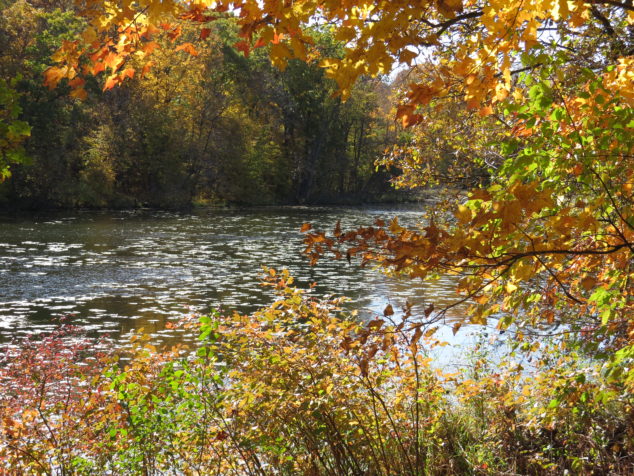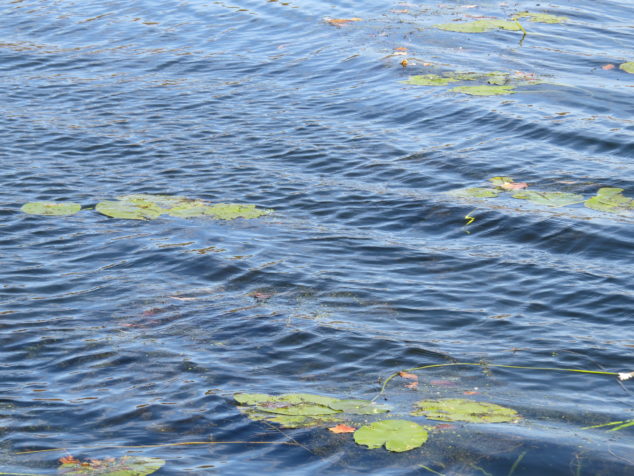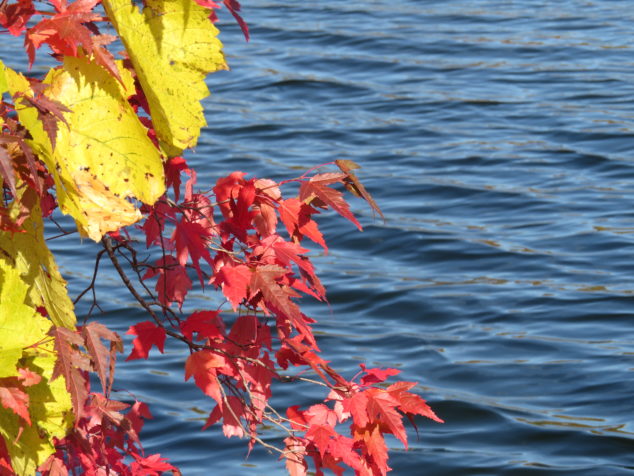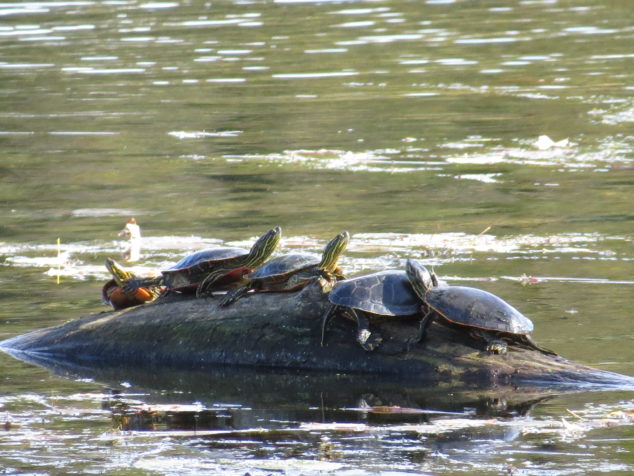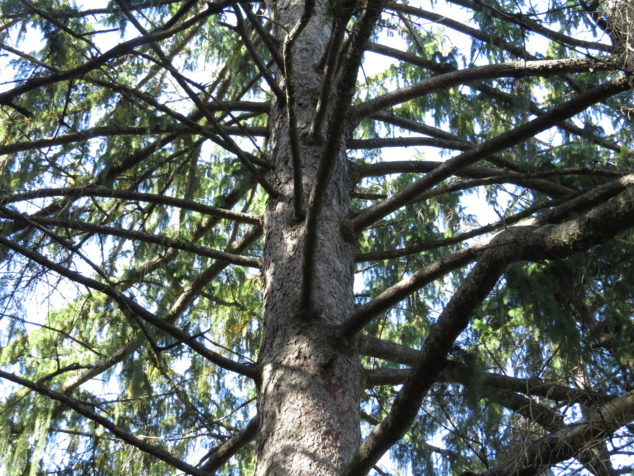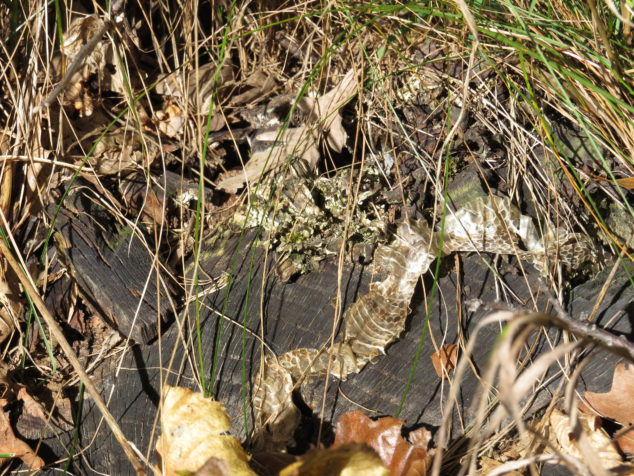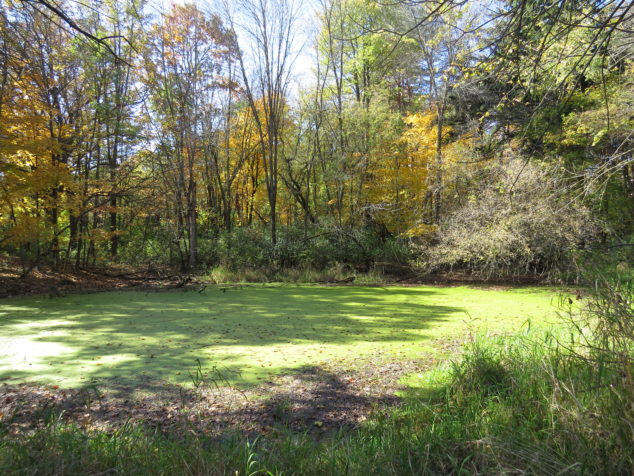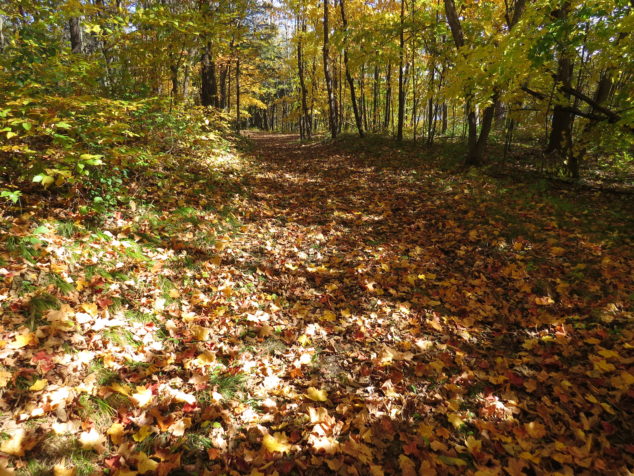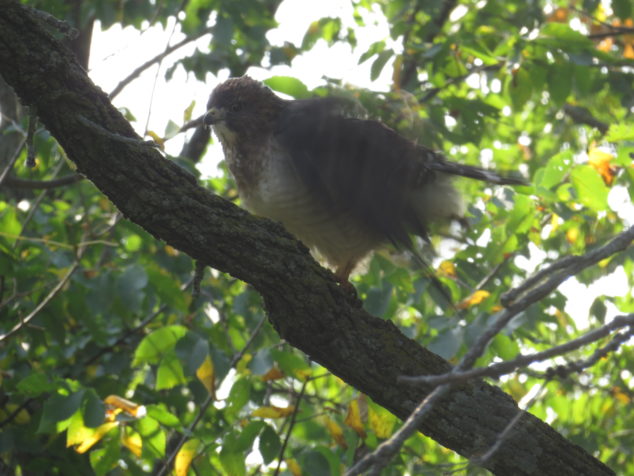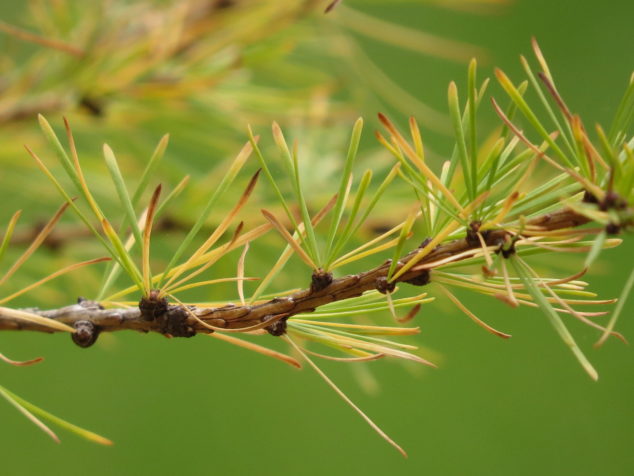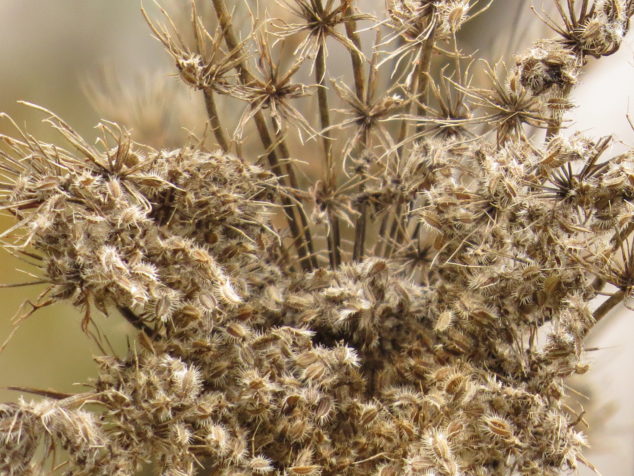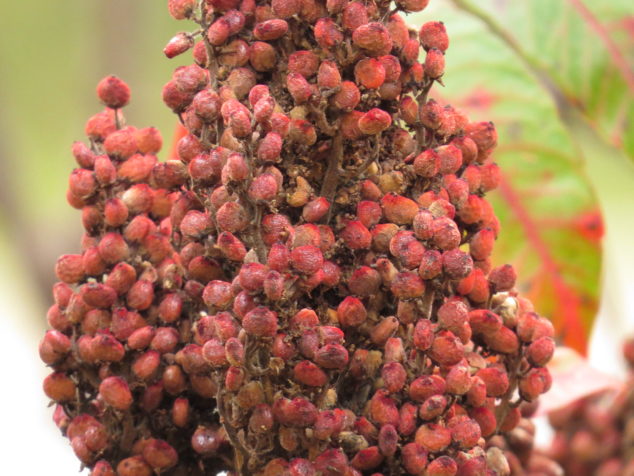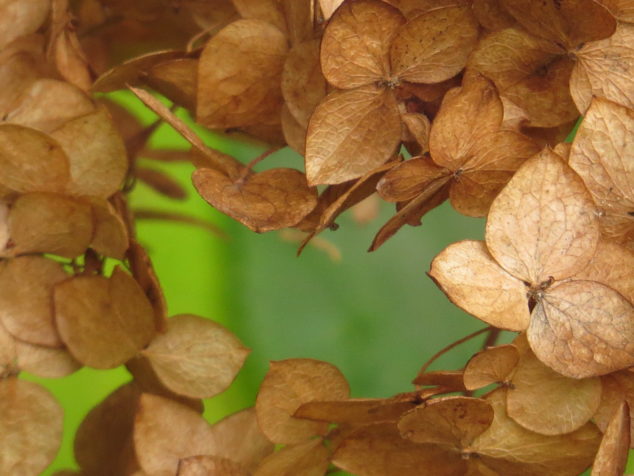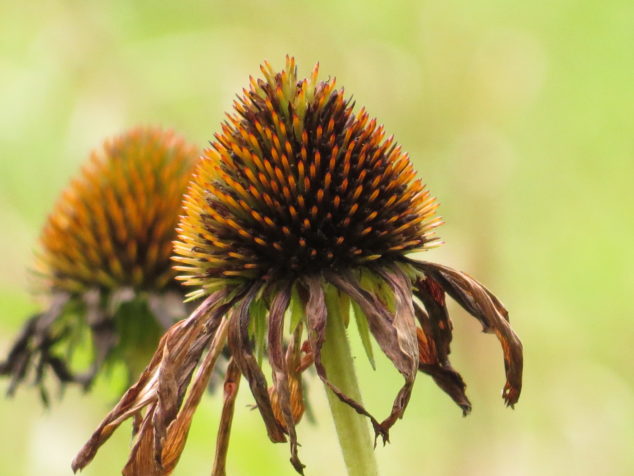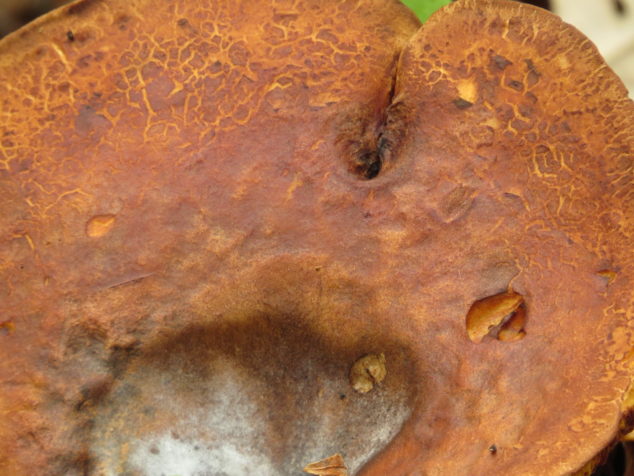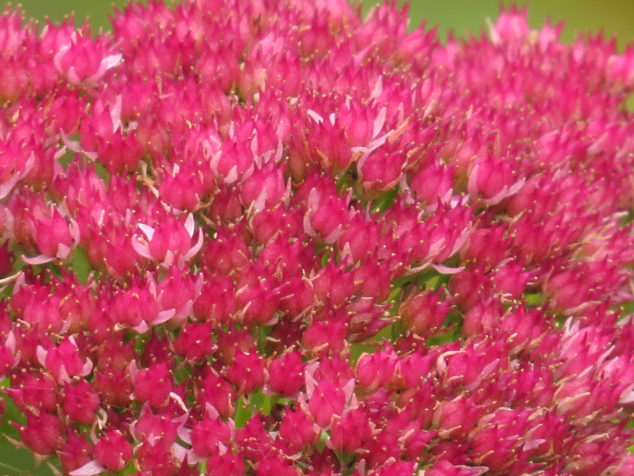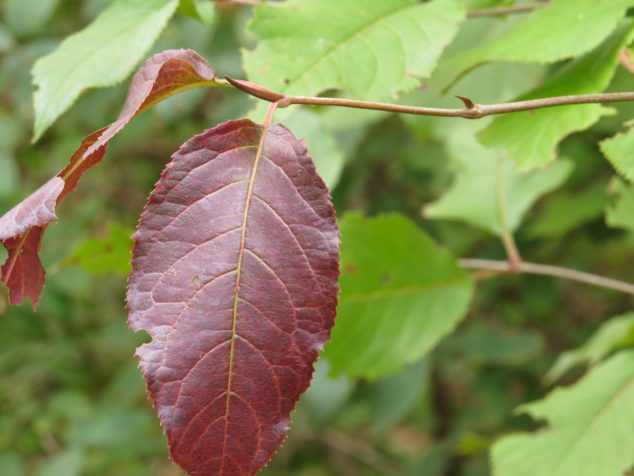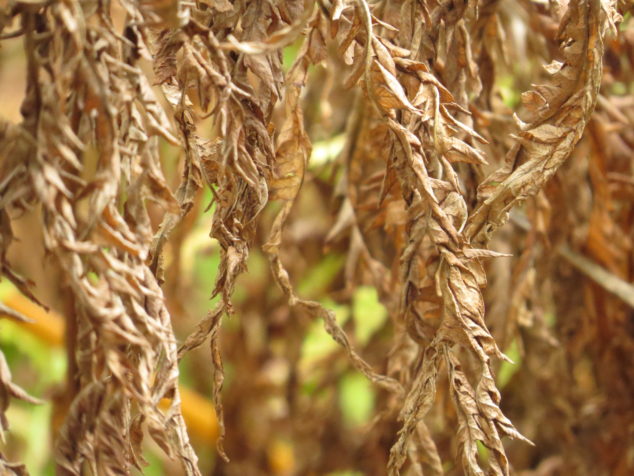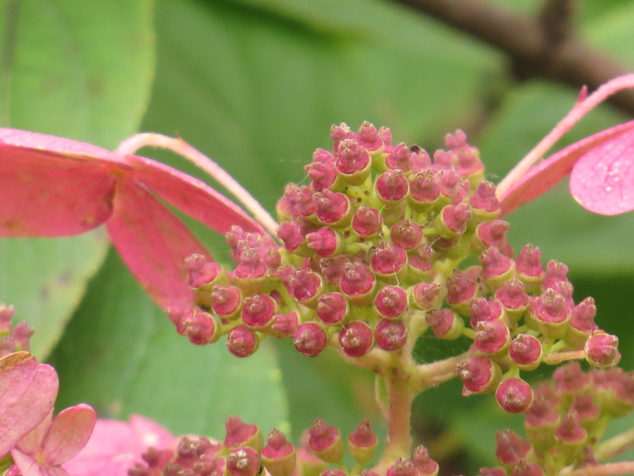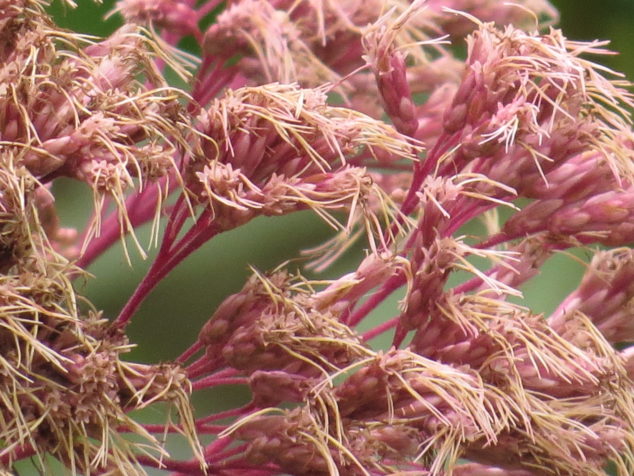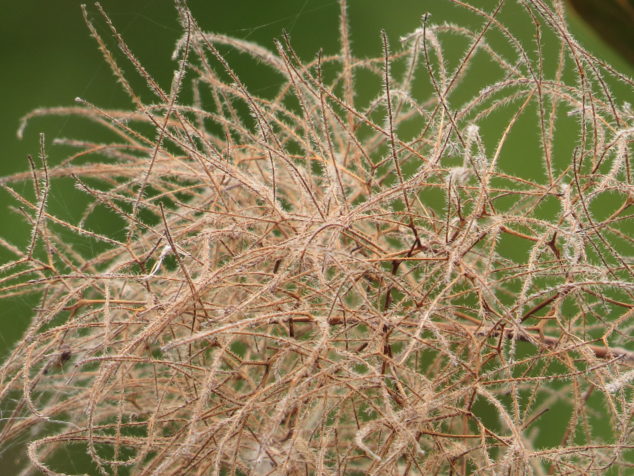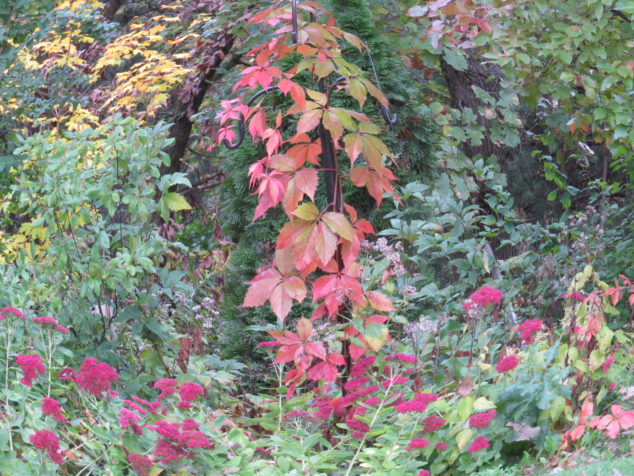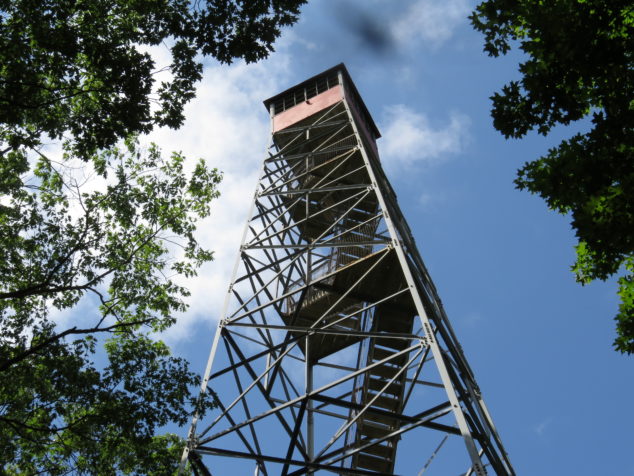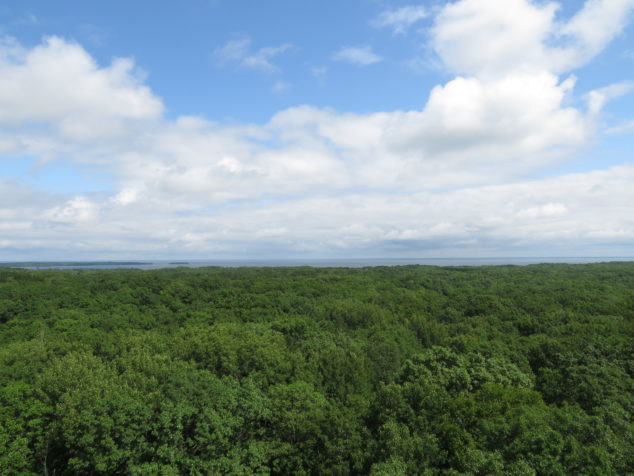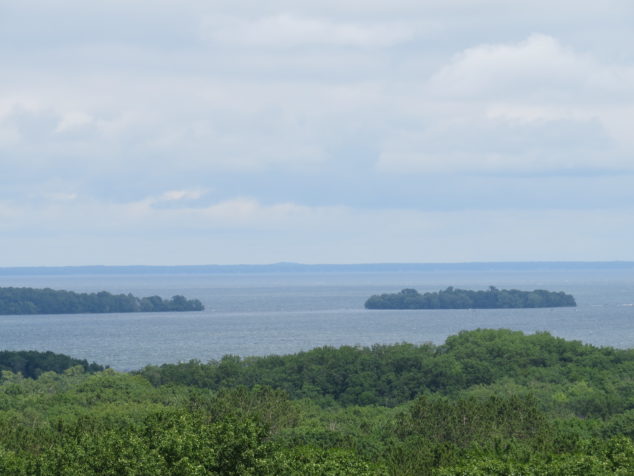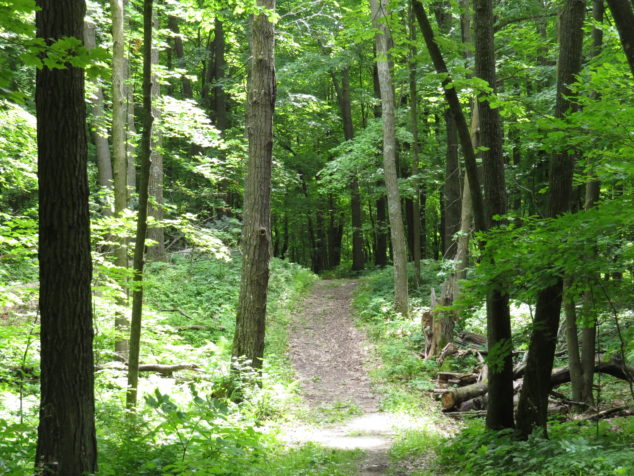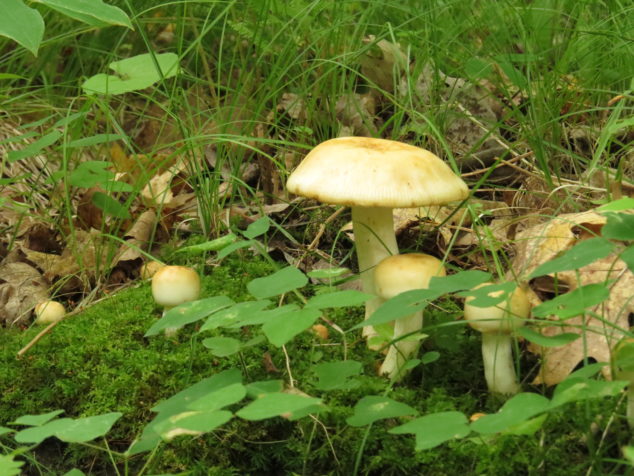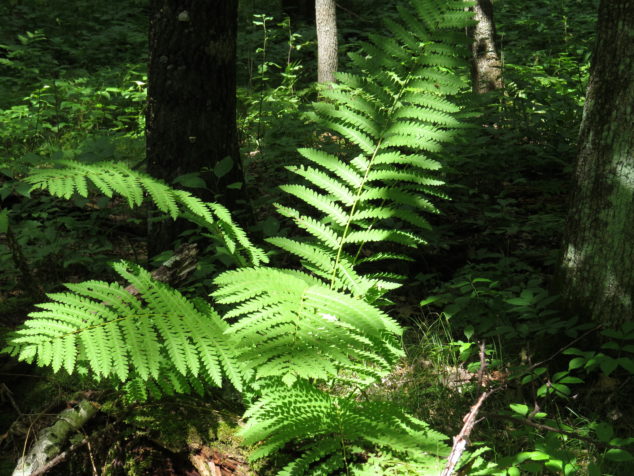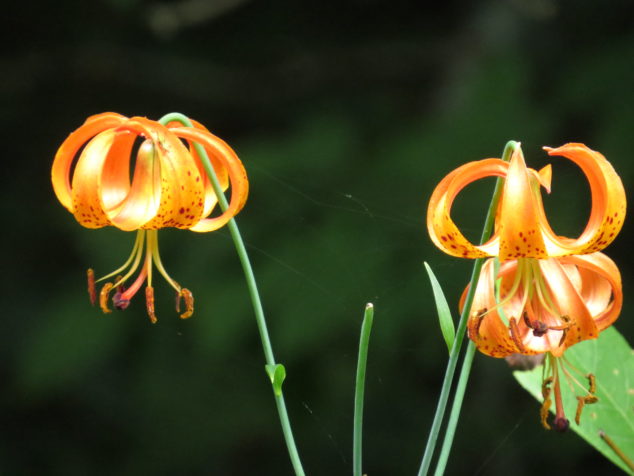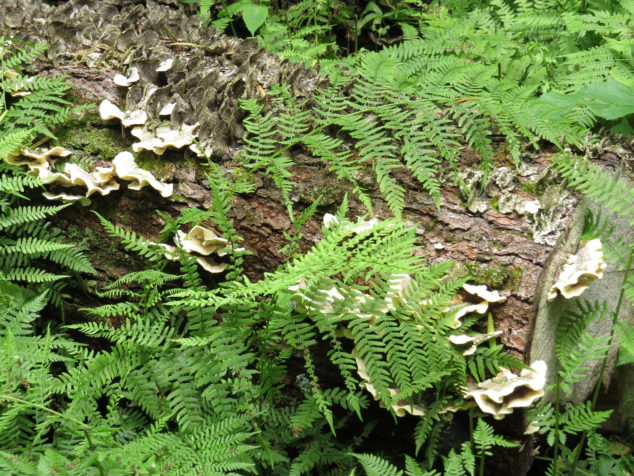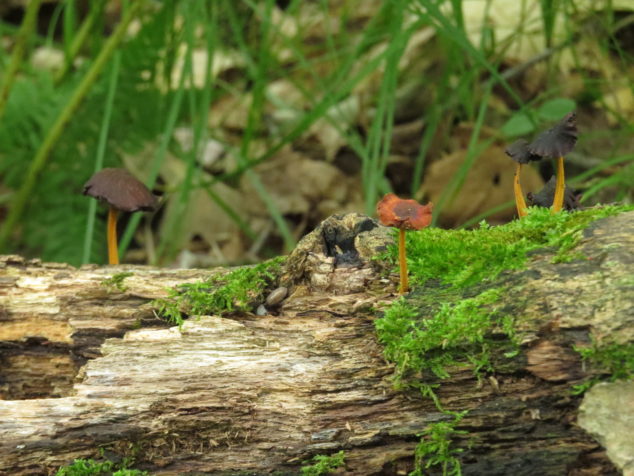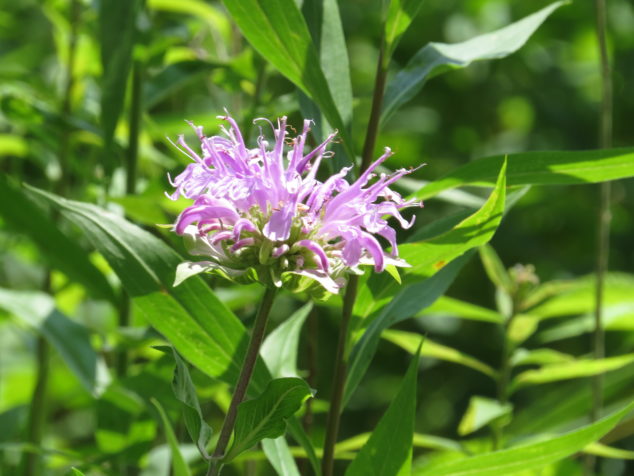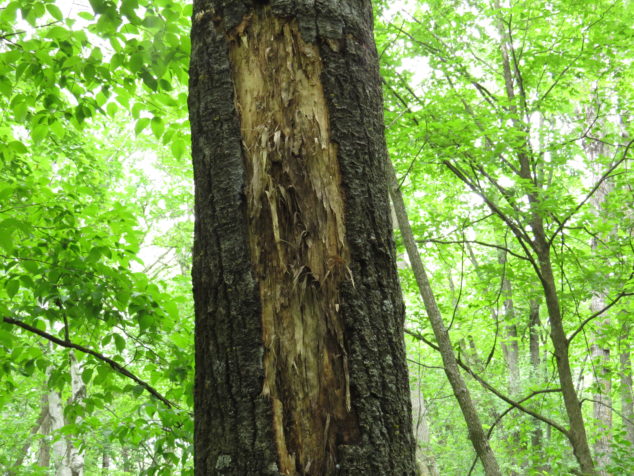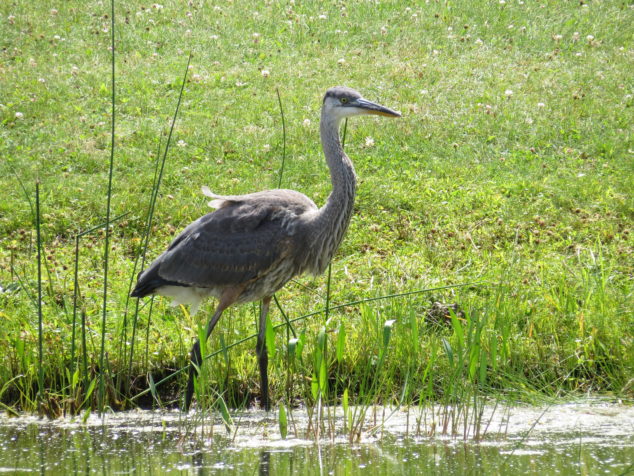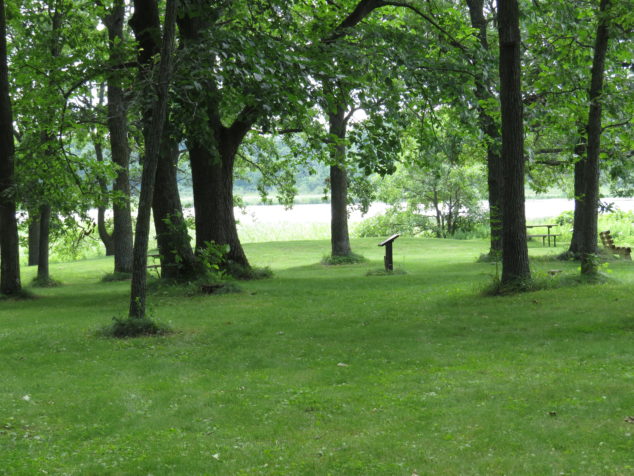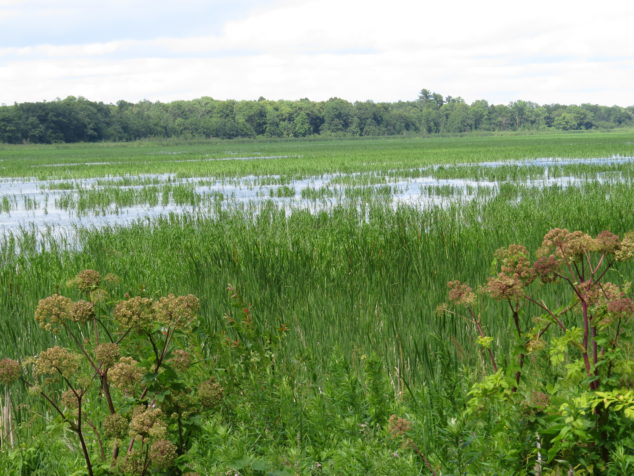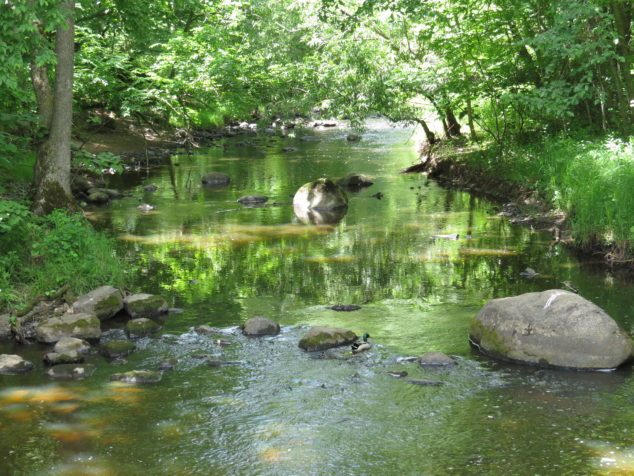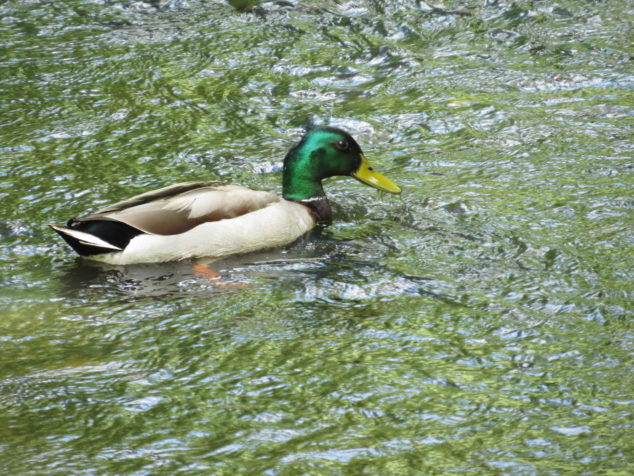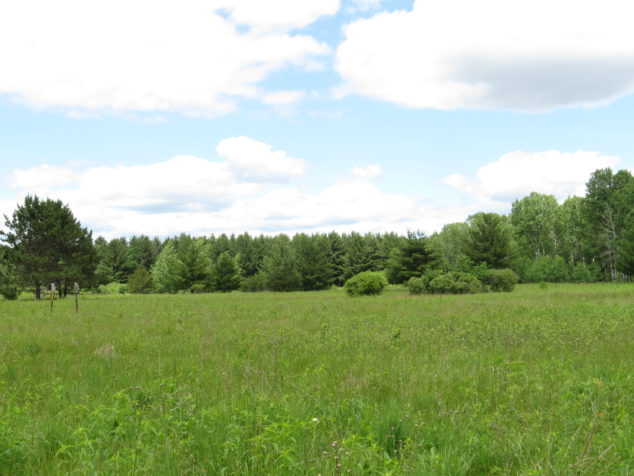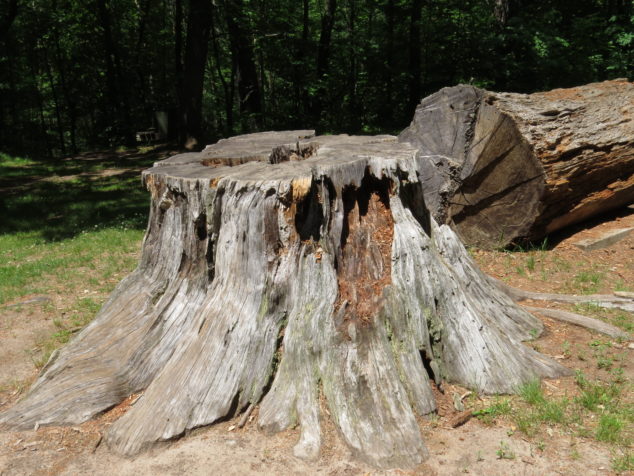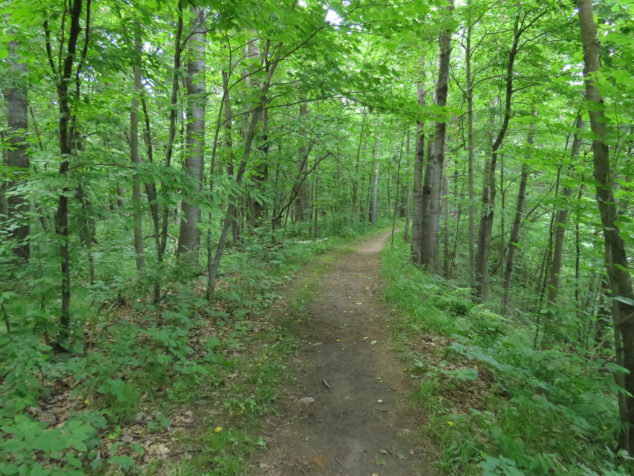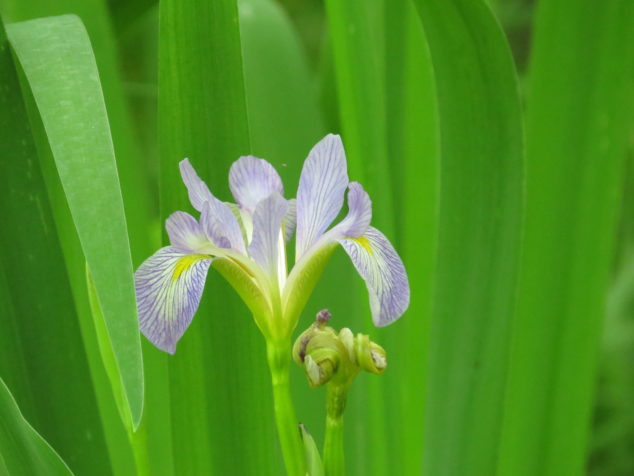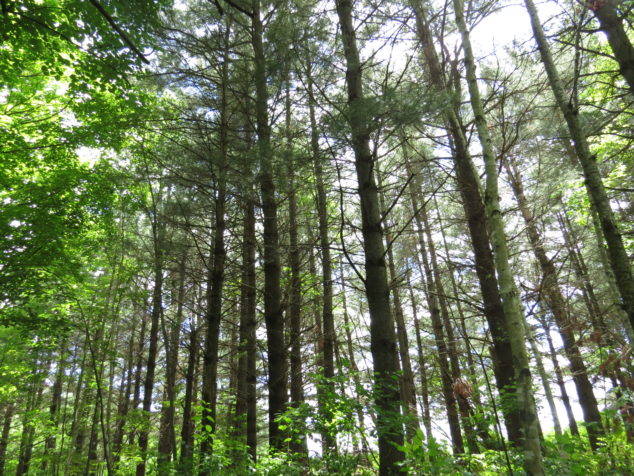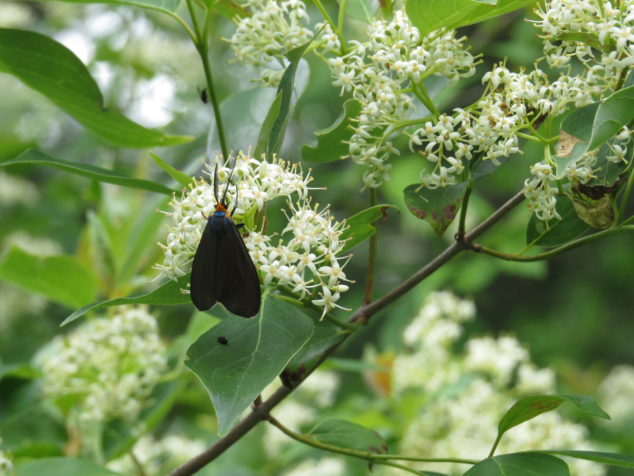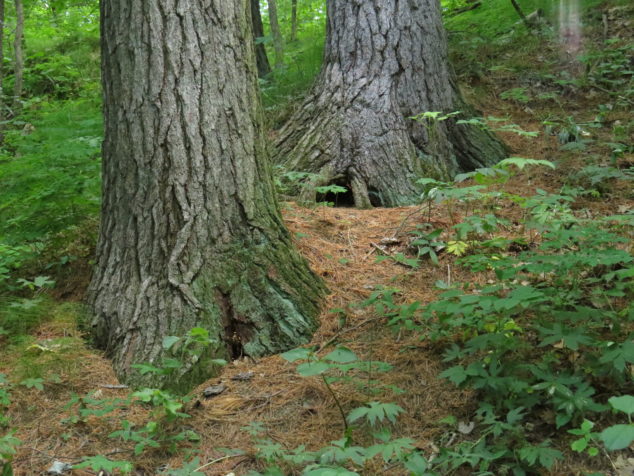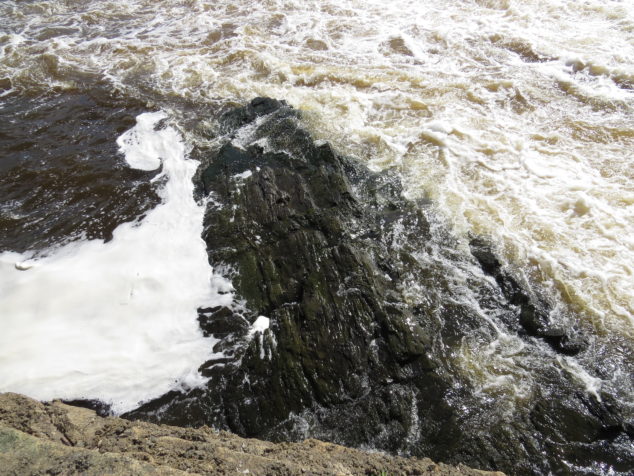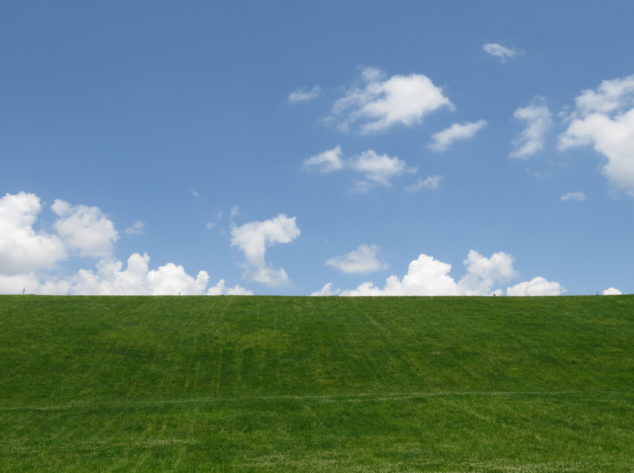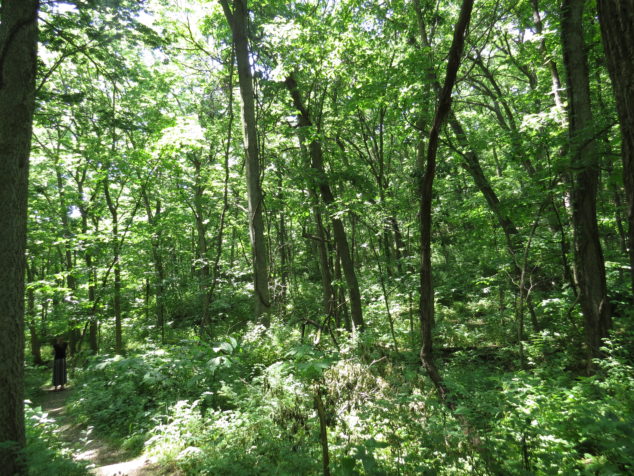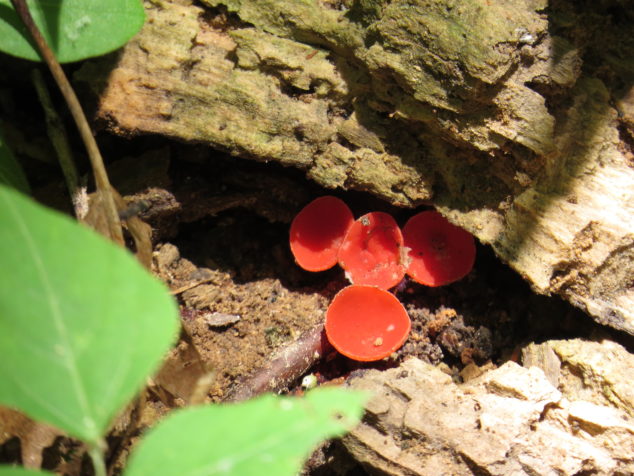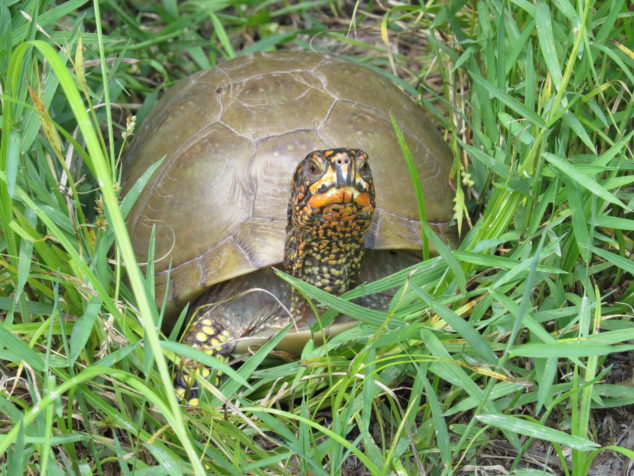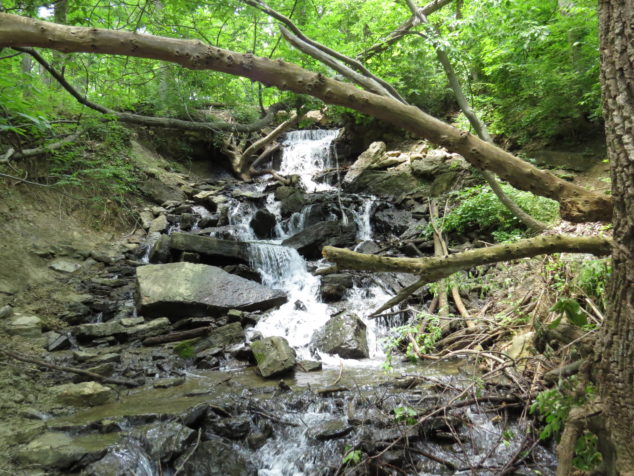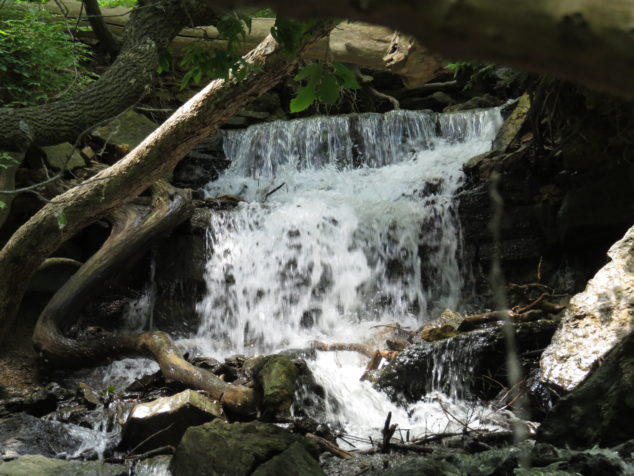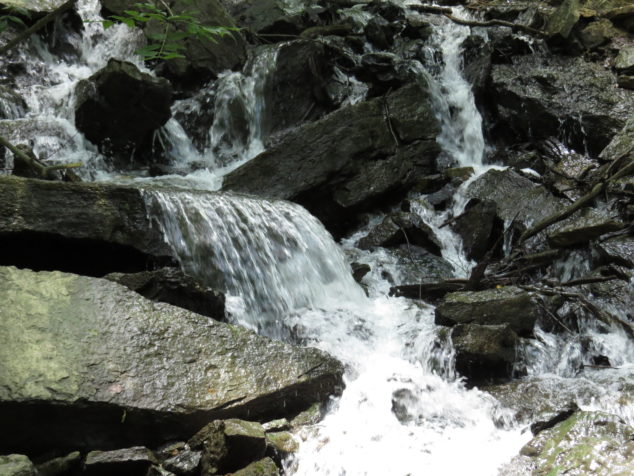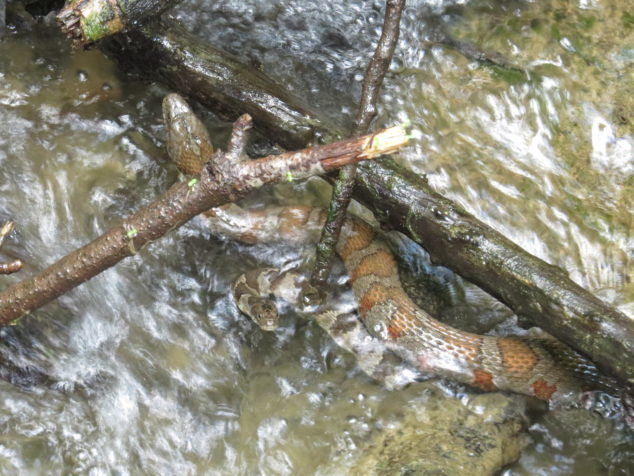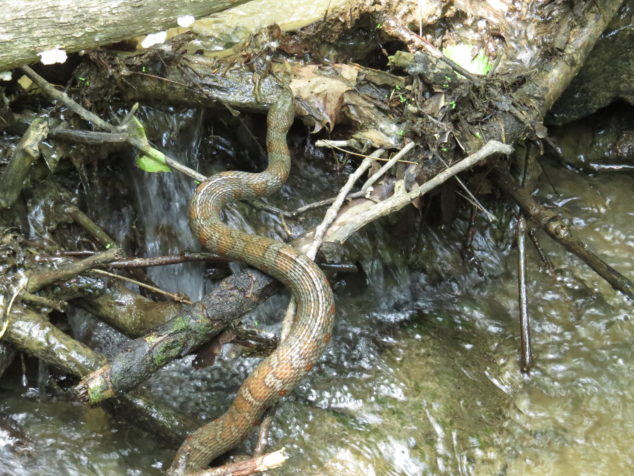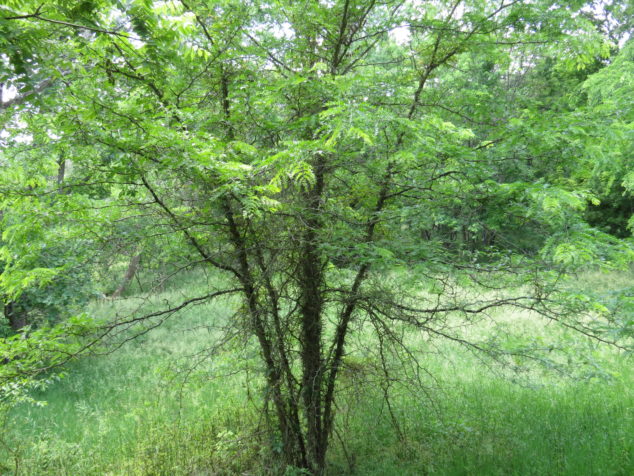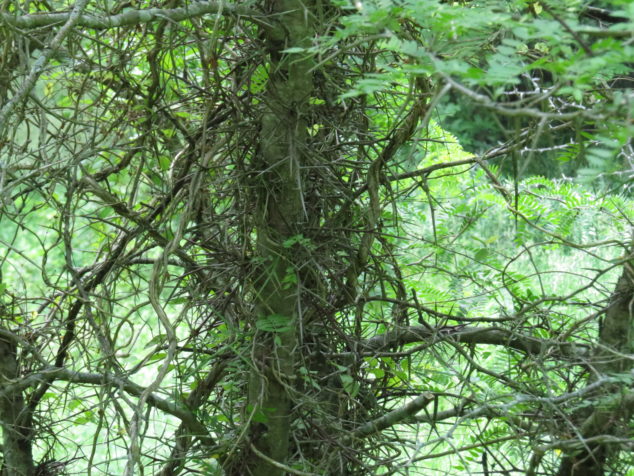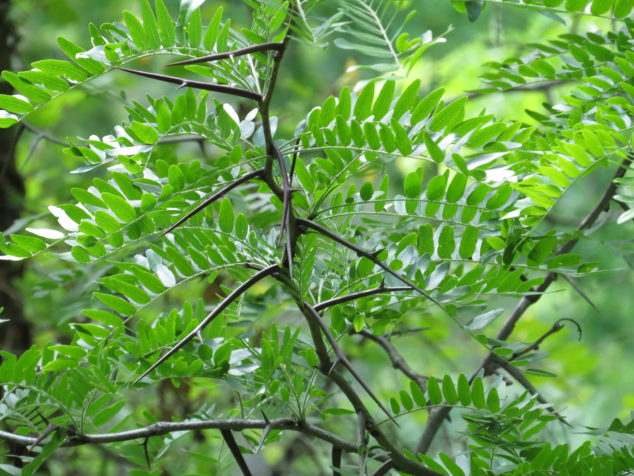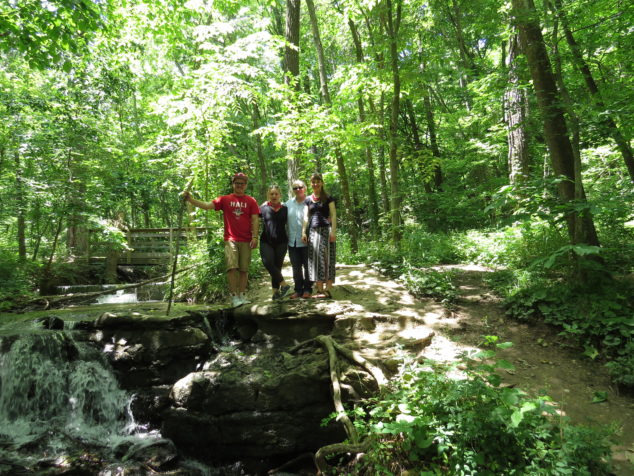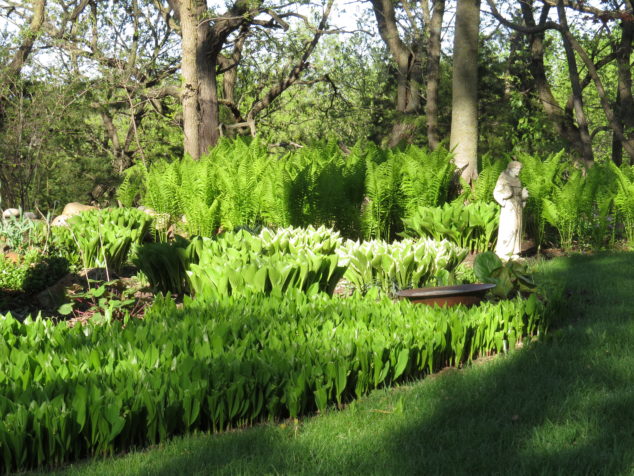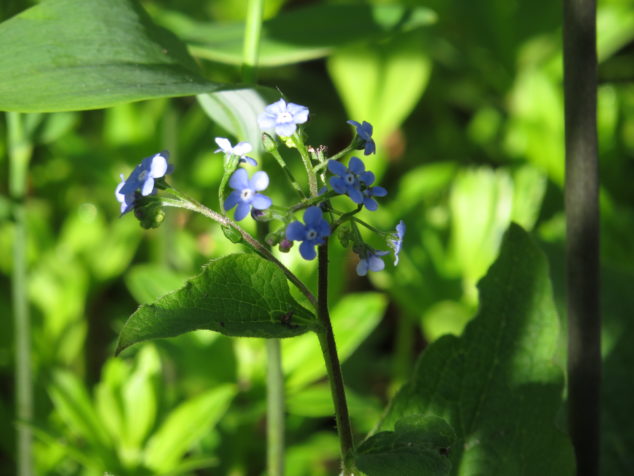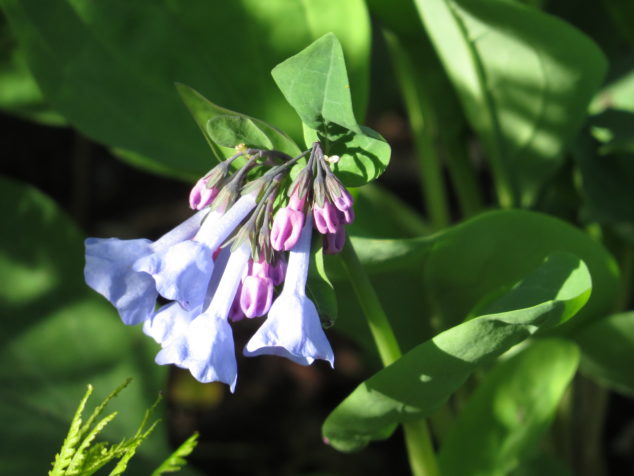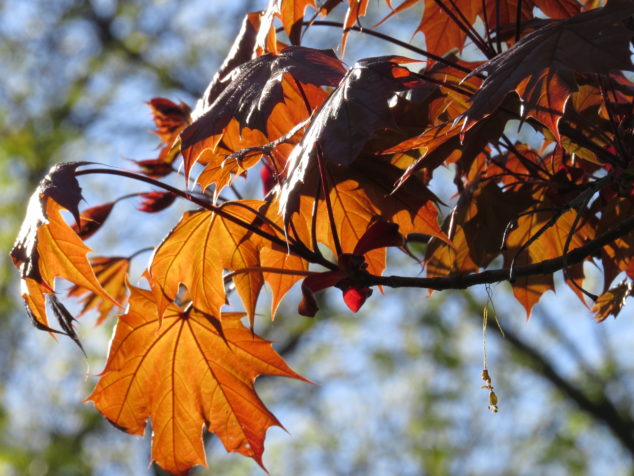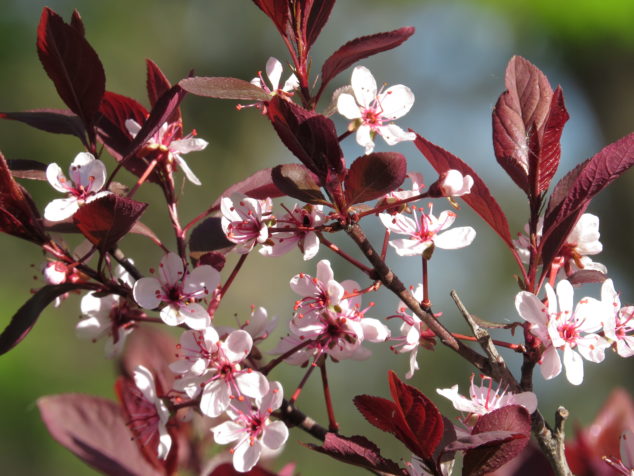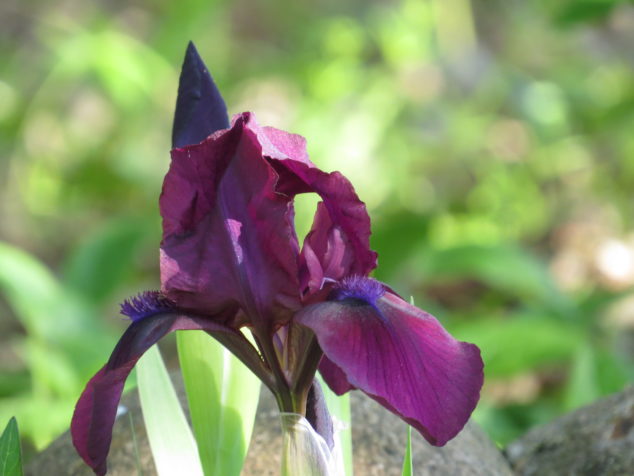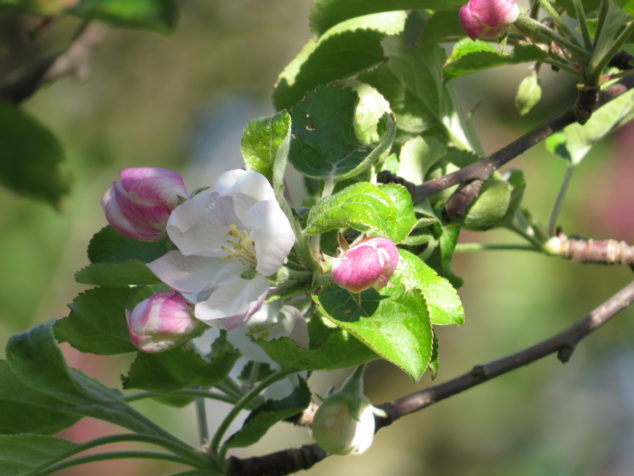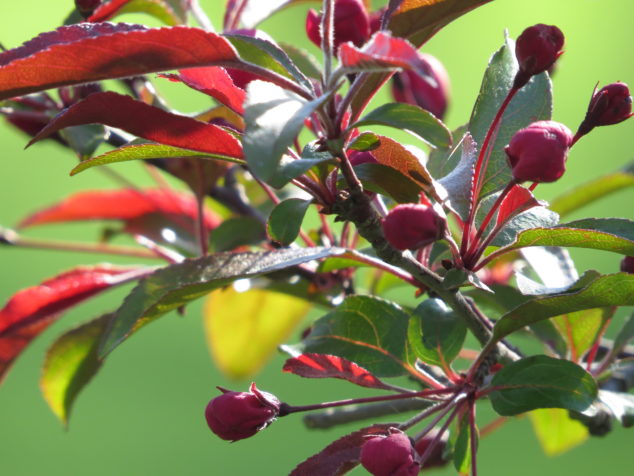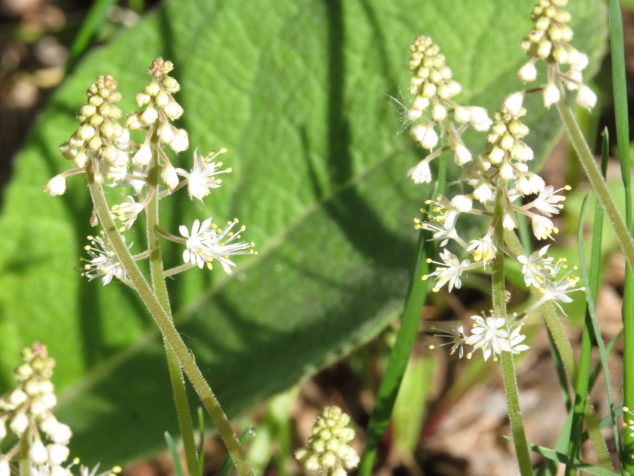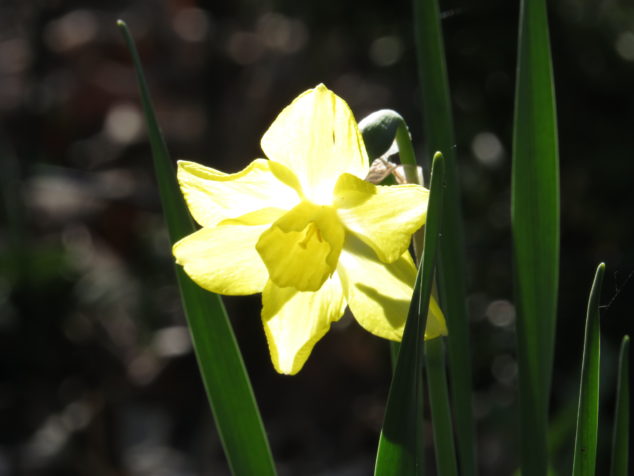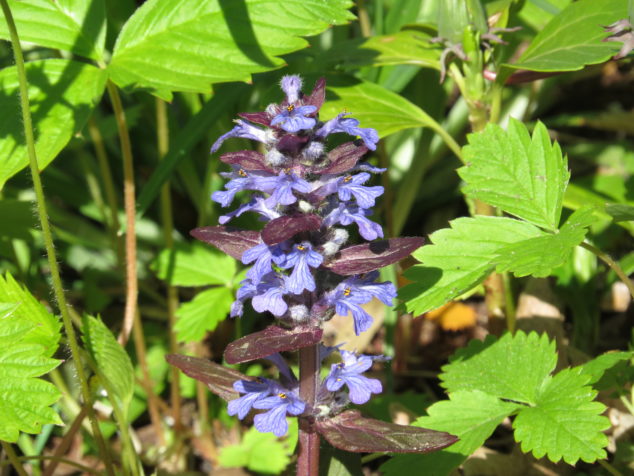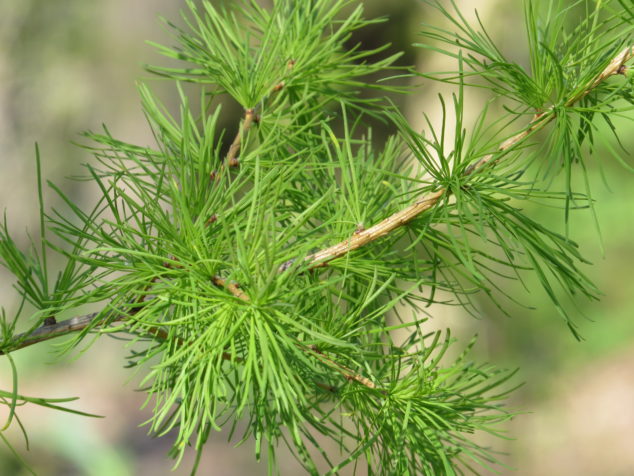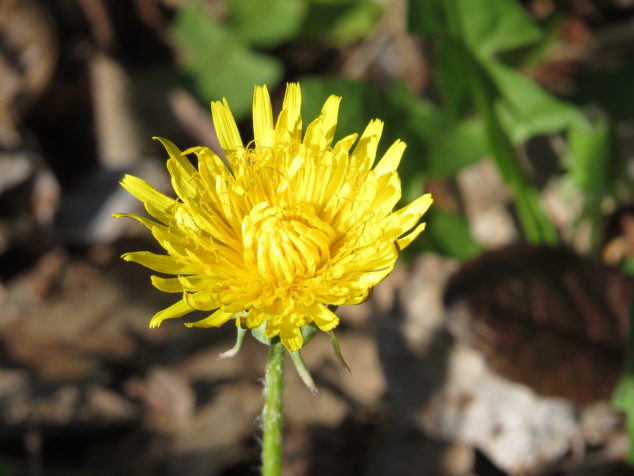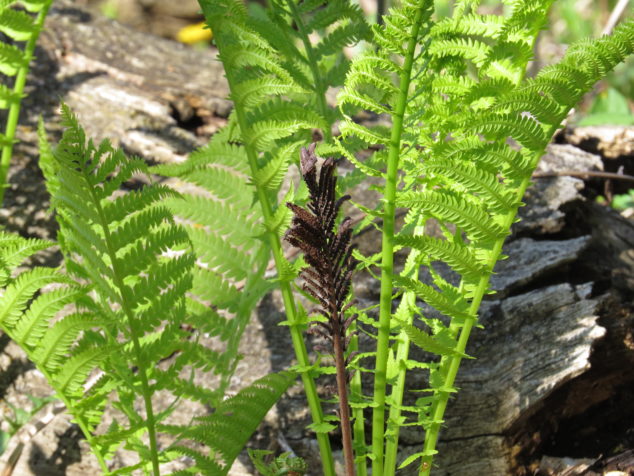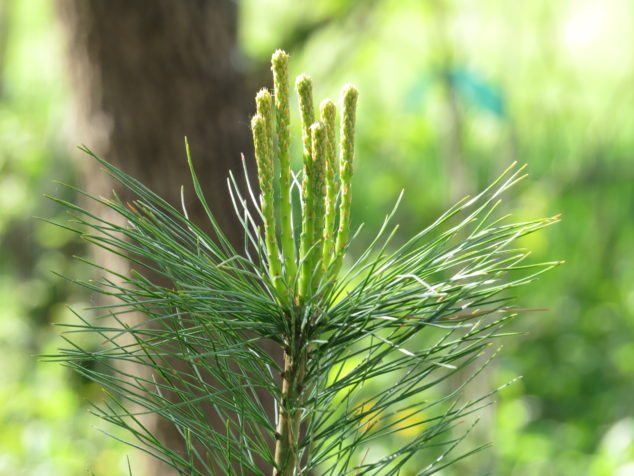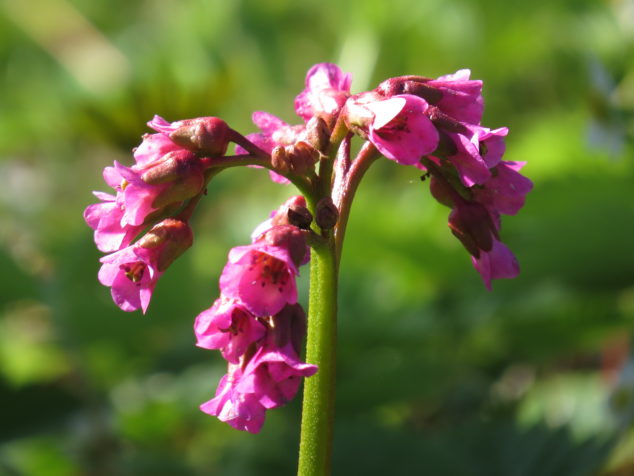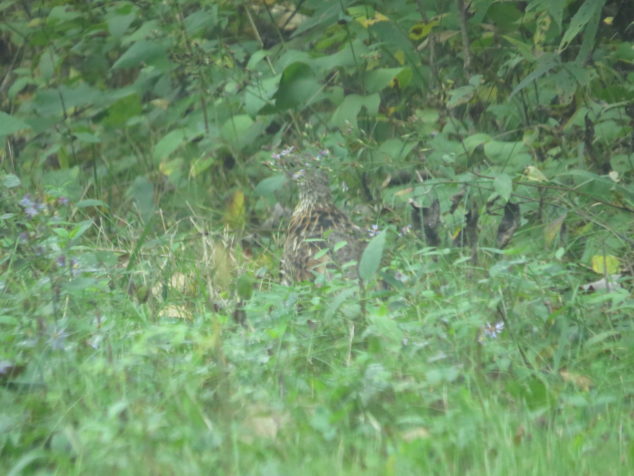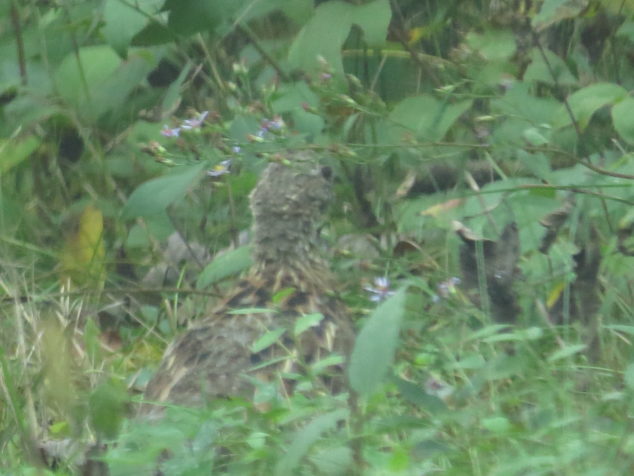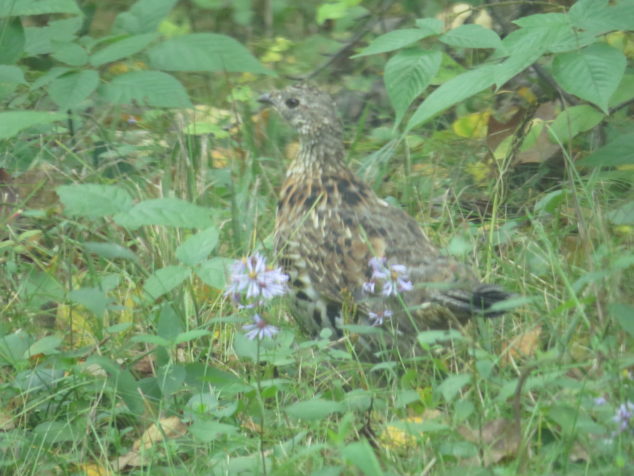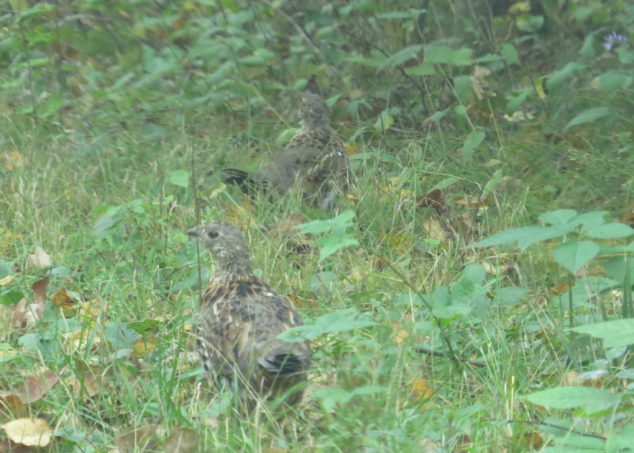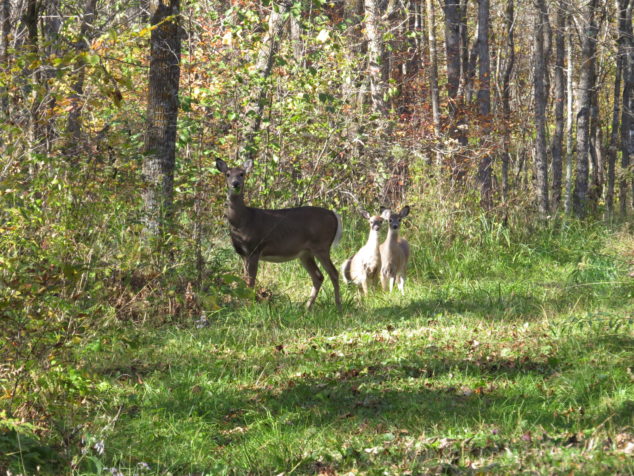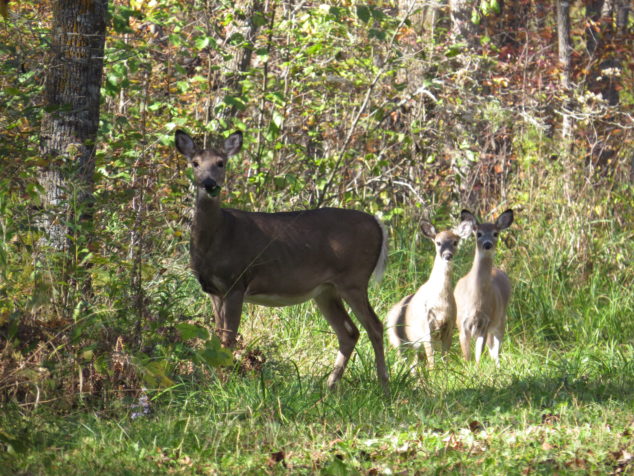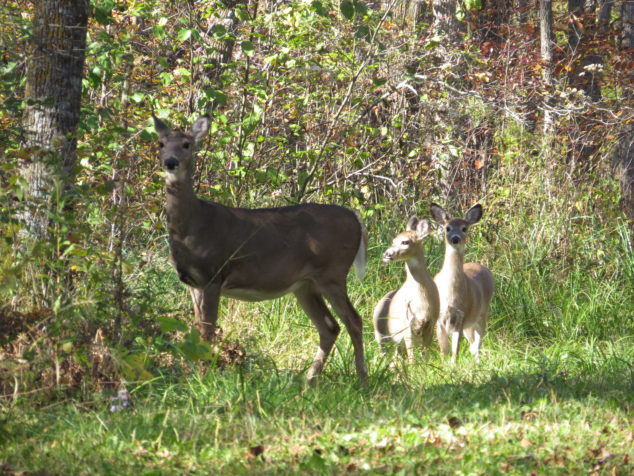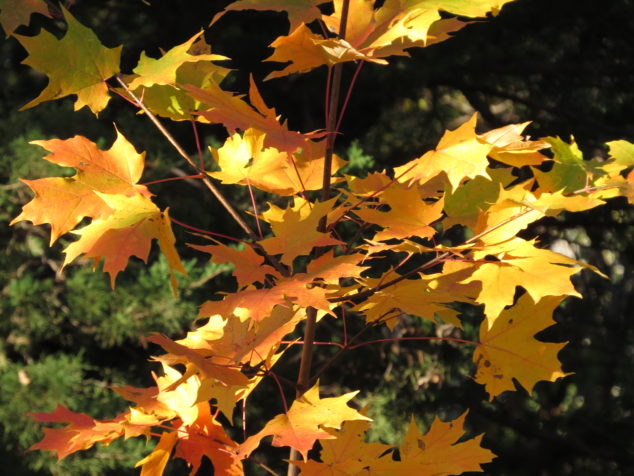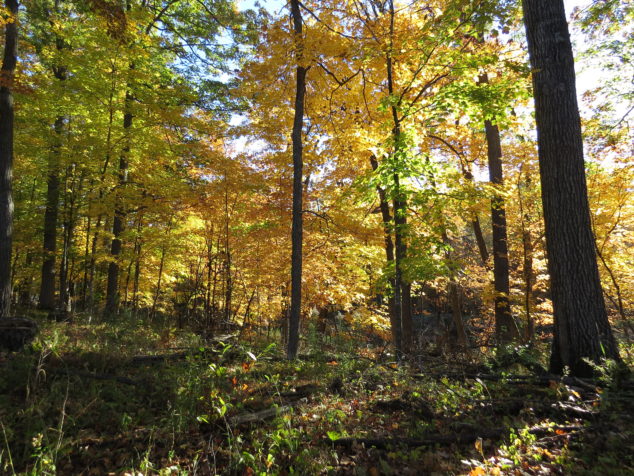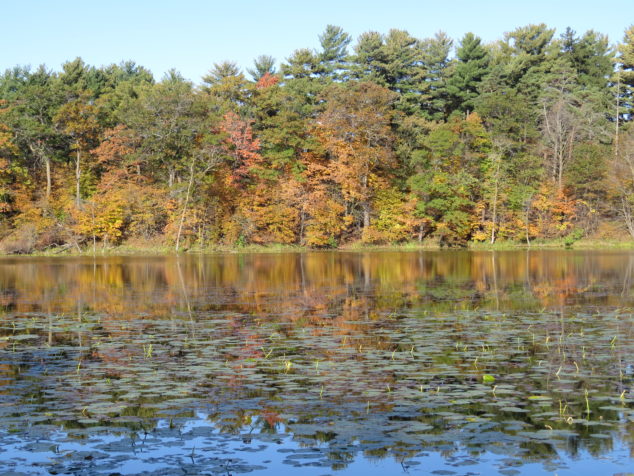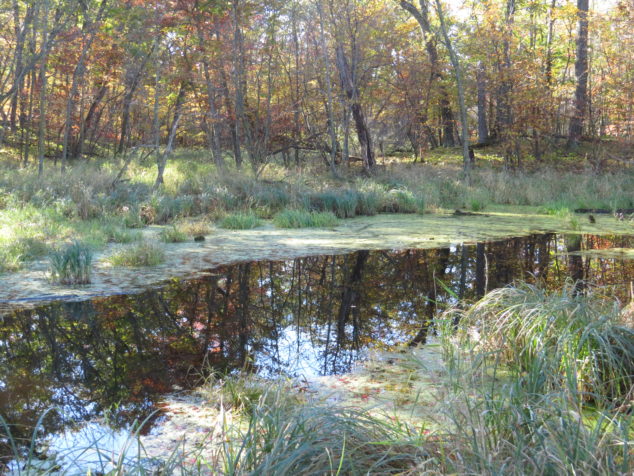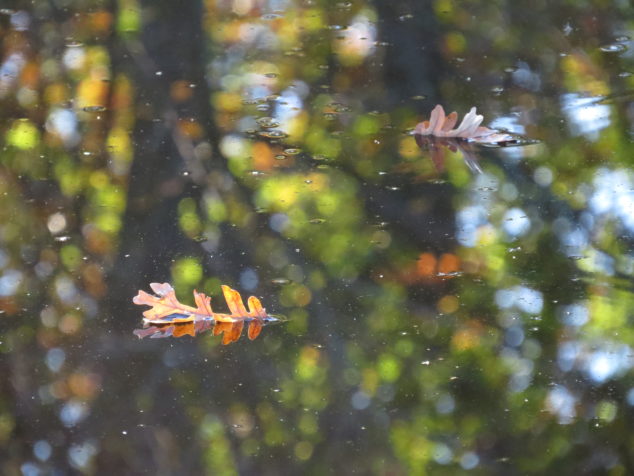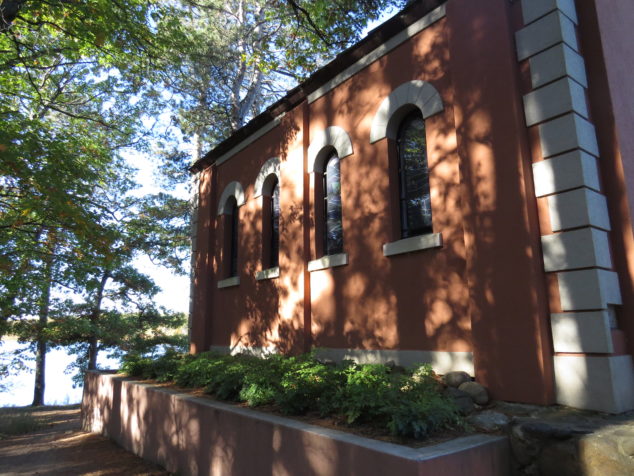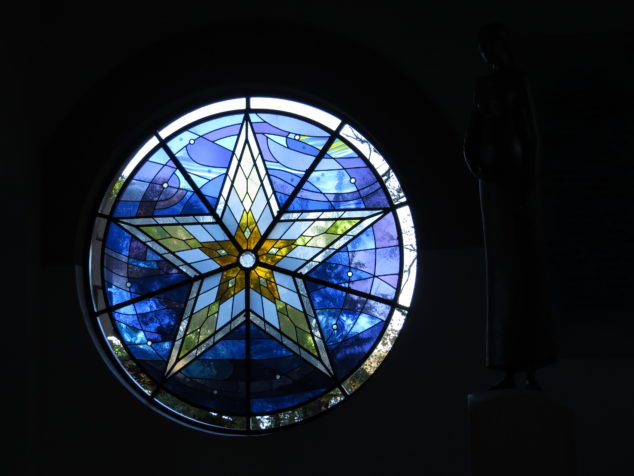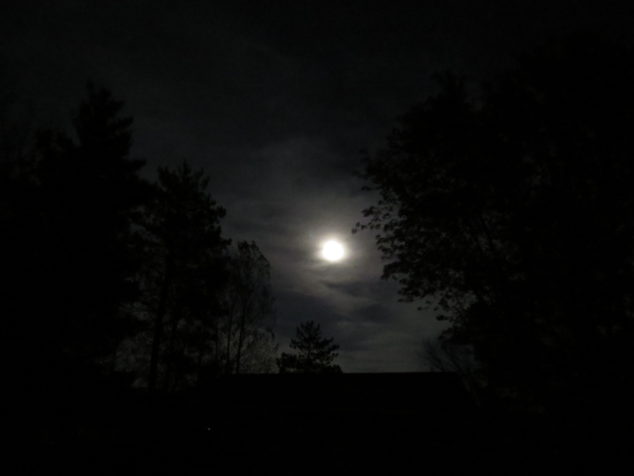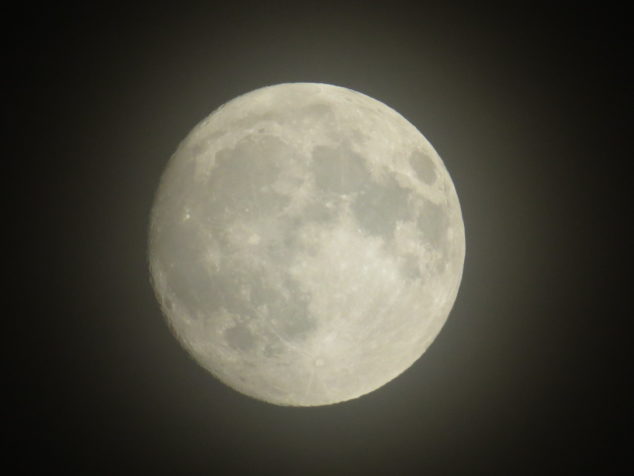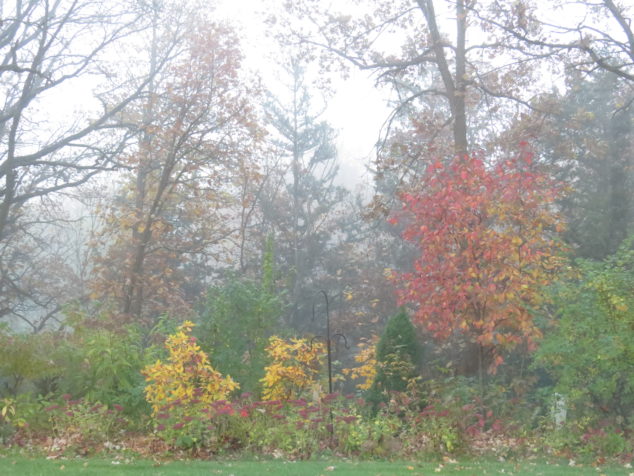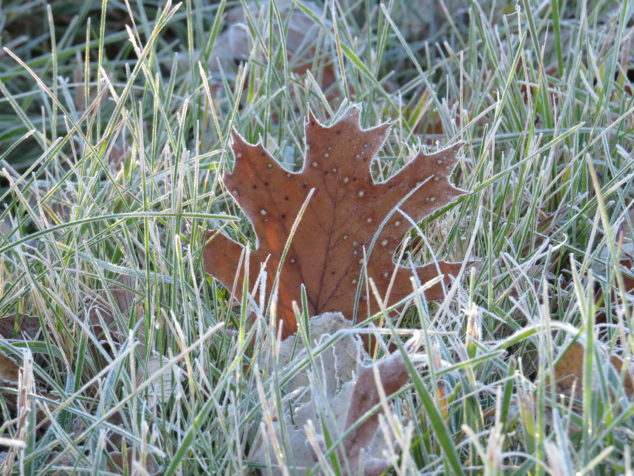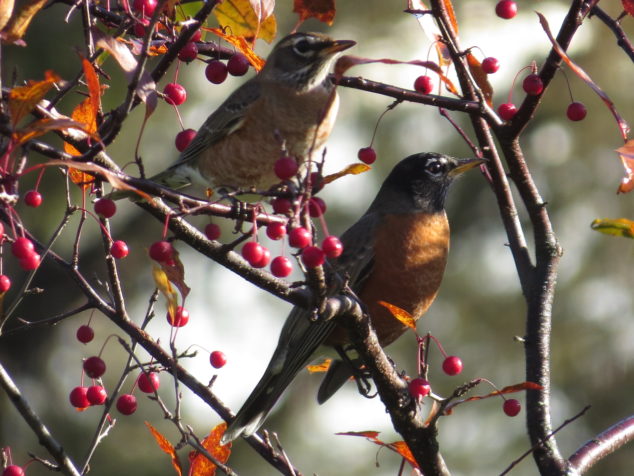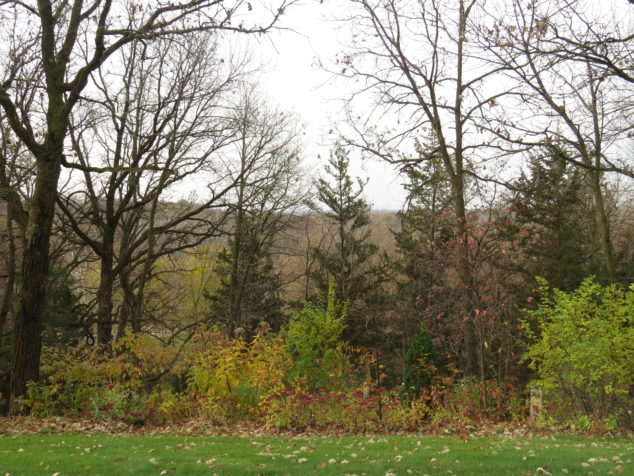Have you ever woken in the morning and even before you open your eyes or move from your last position of sleep you feel weight pressing in on your mind and body? That’s how I woke on Friday. Sometimes it’s a low barometric pressure squeezing in on me; sometimes it’s from the energy-draining not-enough-sleep for a couple of nights; other times it’s a worry, a fight, or an anniversary of something only your body remembers that your mind does not want to recall. It’s when you drag your body out of bed and hope that breakfast and caffeine will boost your energy and dissipate the pressure.
Do animals ever feel that way? How do deer wake and show up for their day? They sleep in the snow and cold, have to forage for their daily food, and at times have to dodge cars and bullets. Sounds like a recipe for having a horrible, no good, very bad day. But I don’t think they do.
I think I could turn and live with animals, they are so placid and self-contain’d. I stand and look at them long and long. They do not sweat and whine about their condition. They do not lie awake in the dark and weep for their sins. They do not make me sick discussing their duty to God. Not one is dissatisfied, not one is demented with the mania of owning things. Not one kneels to another, nor to his kind that lived thousands of years ago. Not one is respectable or unhappy over the whole earth. –excerpt from Song of Myself by Walt Whitman
When I was young, I thought animals were easier to understand than humans, so I wanted to be a veterinarian. I loved this poem by Walt Whitman, even in its irreverent way. I argued with Walt’s line that ‘not one is respectable,’ for I had great respect for animals, especially my horses. Before we were married, Chris made me a present of a framed picture of this poem in calligraphy with a drawing of a horse. I recite the first lines often in my head when I feel the pressure of living in our human world.
Chris, in his wisdom of knowing me for thirty-eight years, suggested on Friday that we go to the pine forest in the snow, to where the animals live, to where I could get out of my head and out of my funk, to where the old pines whisper their secrets. I begrudgingly agreed, even as my body wanted to just splay itself on the floor with a blanket. So in the late afternoon, we drove the short distance to Warner Lake County Park to bathe in the solitude of the pine forest.
The little creek that runs into the lake wasn’t frozen, and the trail had been ‘groomed’ for cross-country skiing.
Walking was relatively easy on the groomed trail (not on the ski tracks, of course), but hard work in the short areas where we blazed a trail. Energy returned to my body as we ventured deeper into the woods.
The forest was a constellation of light and shadow, with outlines and crowns of snow.
The late day sun cast long shadows of the long trees. Animal tracks cut across the trails—their footprints leaving the history of their day.
In a small clearing, we saw a shining young pine, enveloped and radiant in the Winter sunshine, as the old, wise guardians surrounded it.
It was peaceful and quiet in the snowy forest—a silky balm for my out-of-sorts mind and body. I was a welcome visitor in the animals’ house, with no host needed. They were willing to share their majestic home with seekers of beauty and peace.
Our lives are a constellation of light and shadow. Some days we live in the darkness, and often we don’t even know what is casting the shadow. It feels like we are dodging the flu, or the axe, or the bullet. The recipe is written, and it seems to spell disaster. But what if the recipe for your day is written in pencil? What if sitting in prayer or meditation erases worry? What if ten minutes of exercise erases pain? And talking to your friend takes away the blues? We are each a shining star, like the radiant young pine tree in the forest. Dissatisfaction melts away to gratitude. The mania of owning things morphs into a willingness to share. Anxiety and worry transform into placid self-containment. The whispered secrets of the ancient guardians begin to work their way into the tracks of our days. And we live like the animals and are happy.
